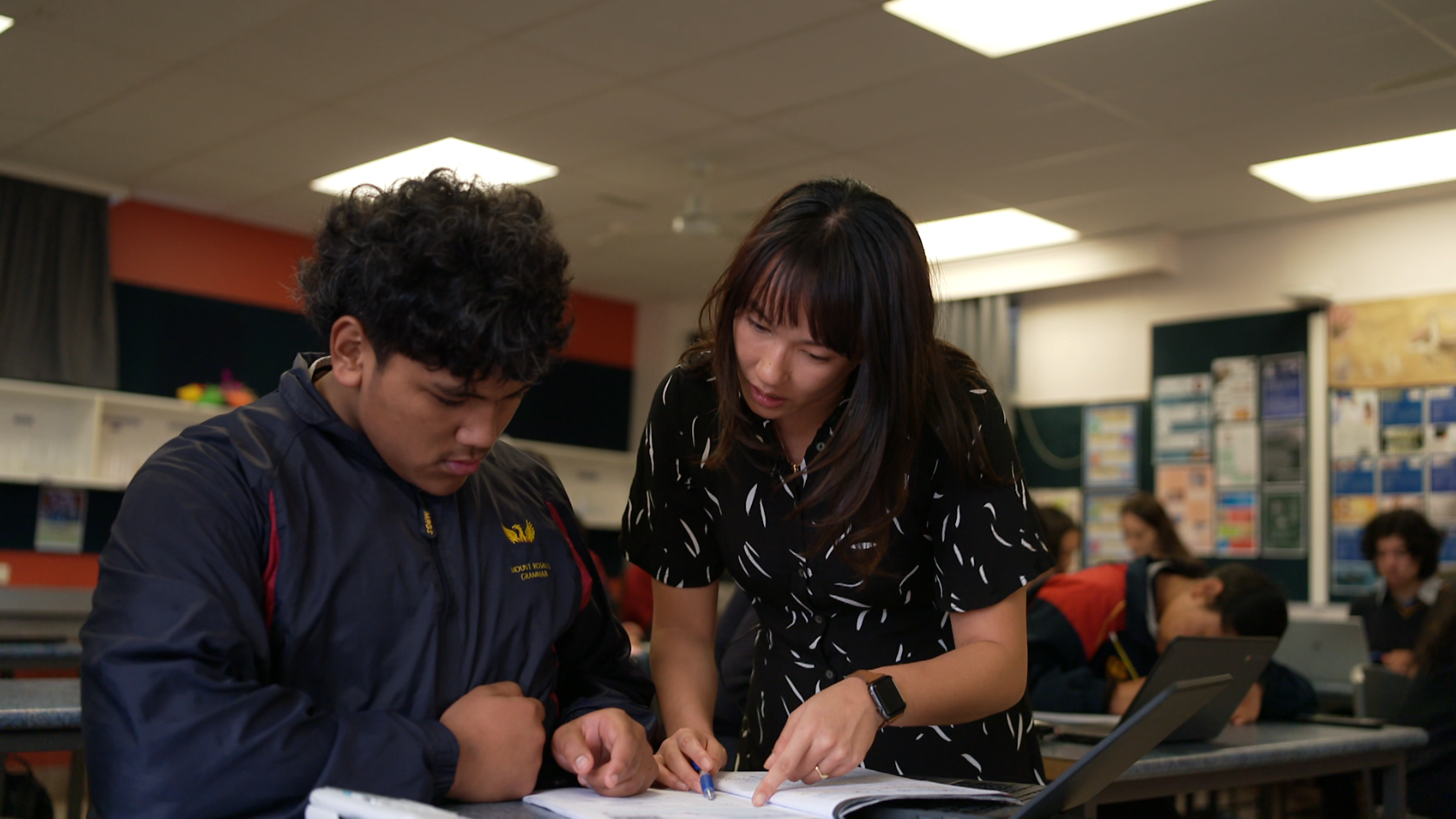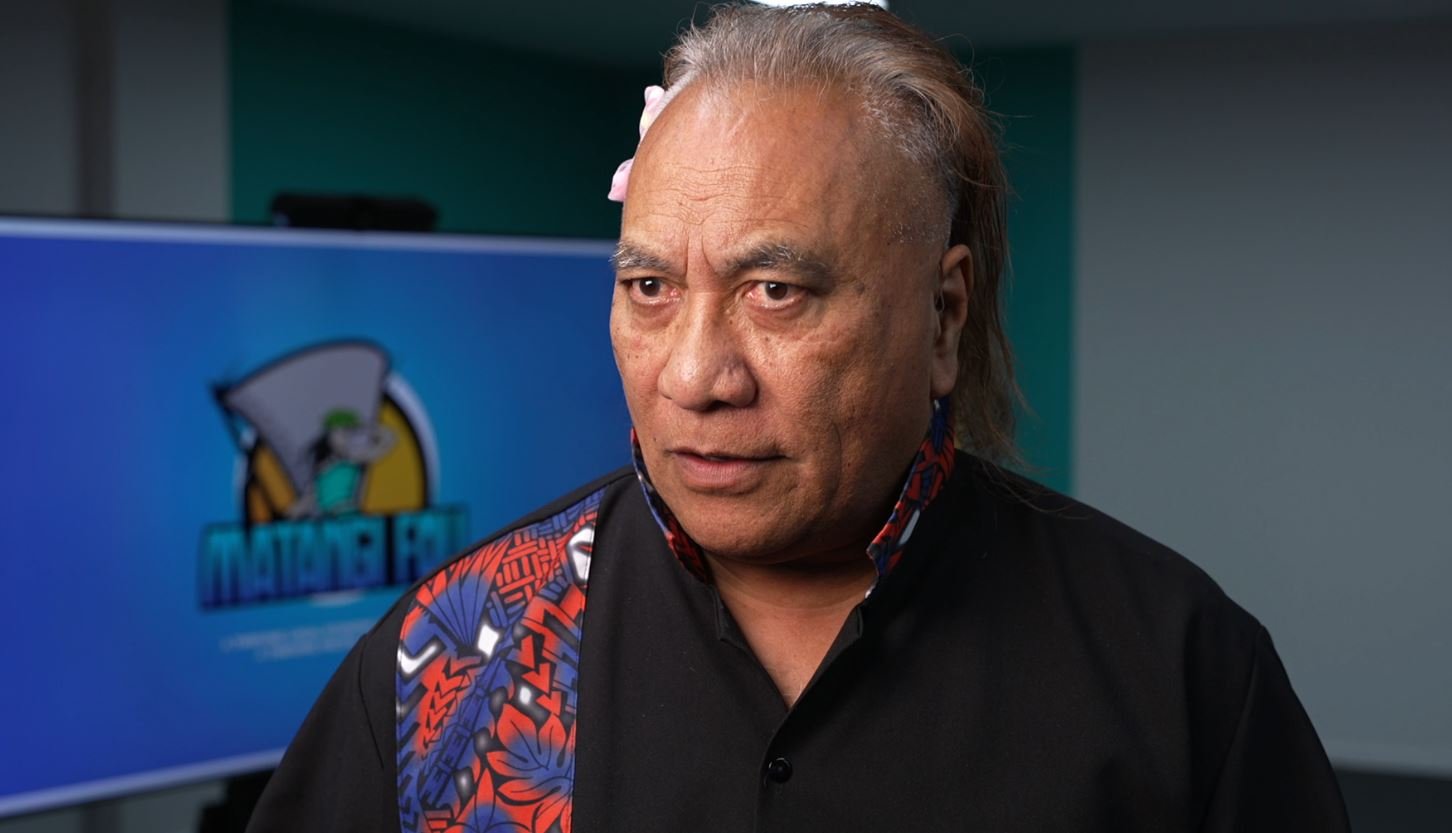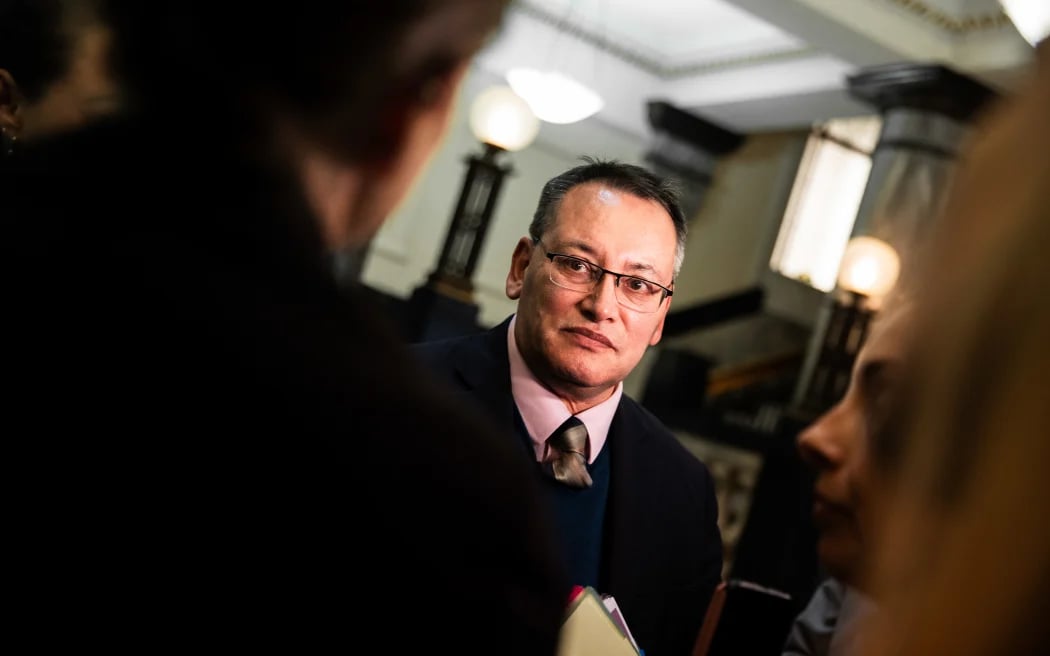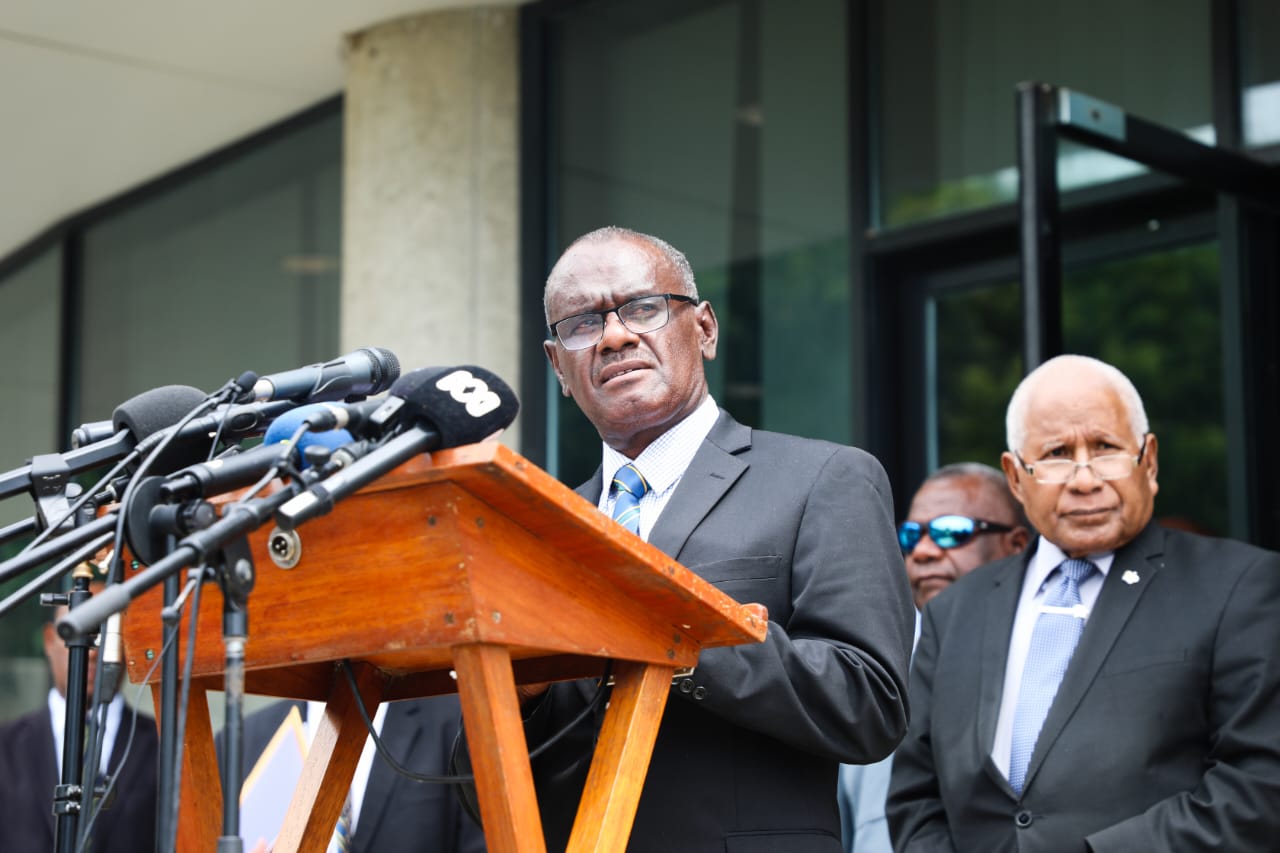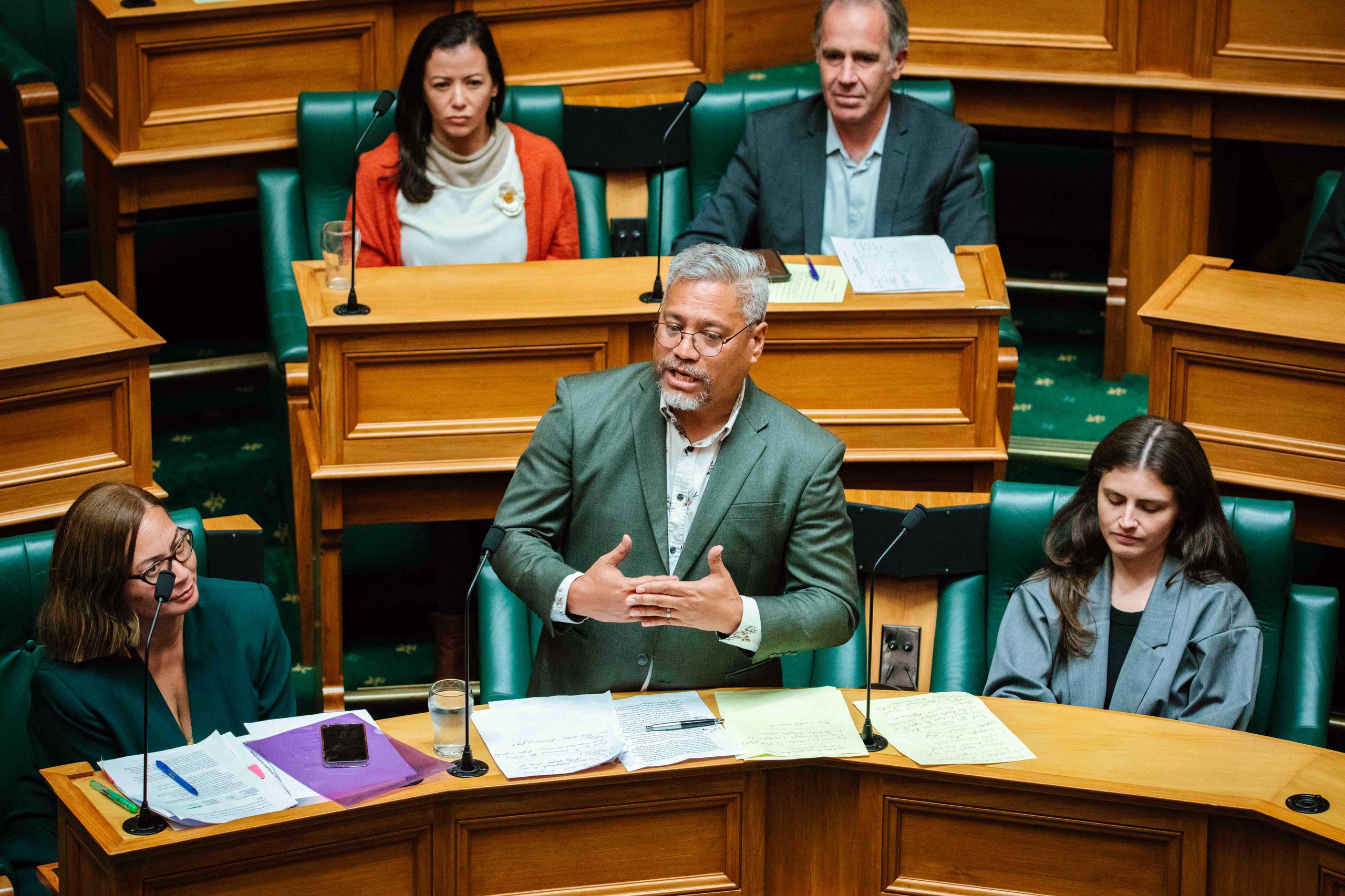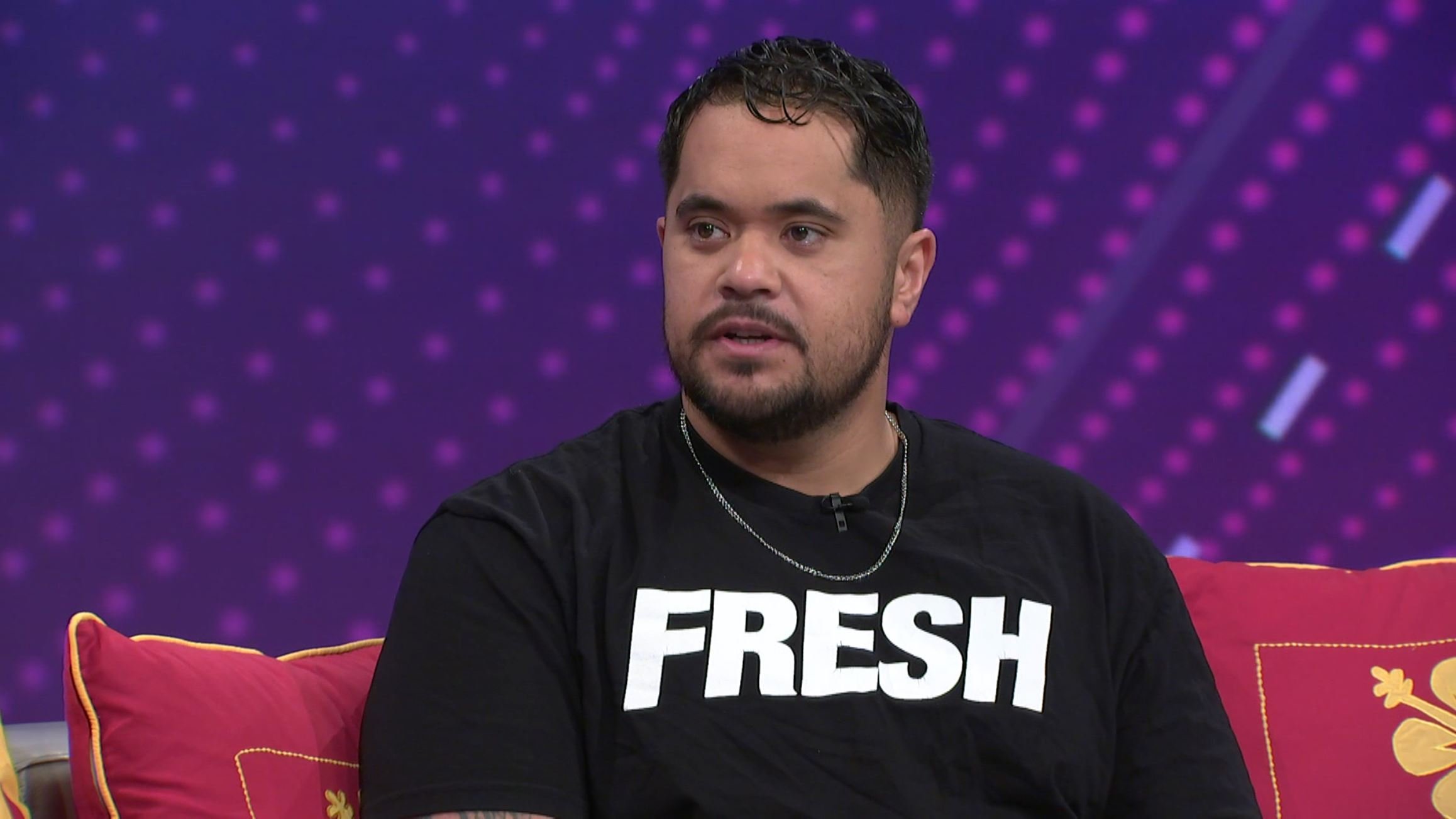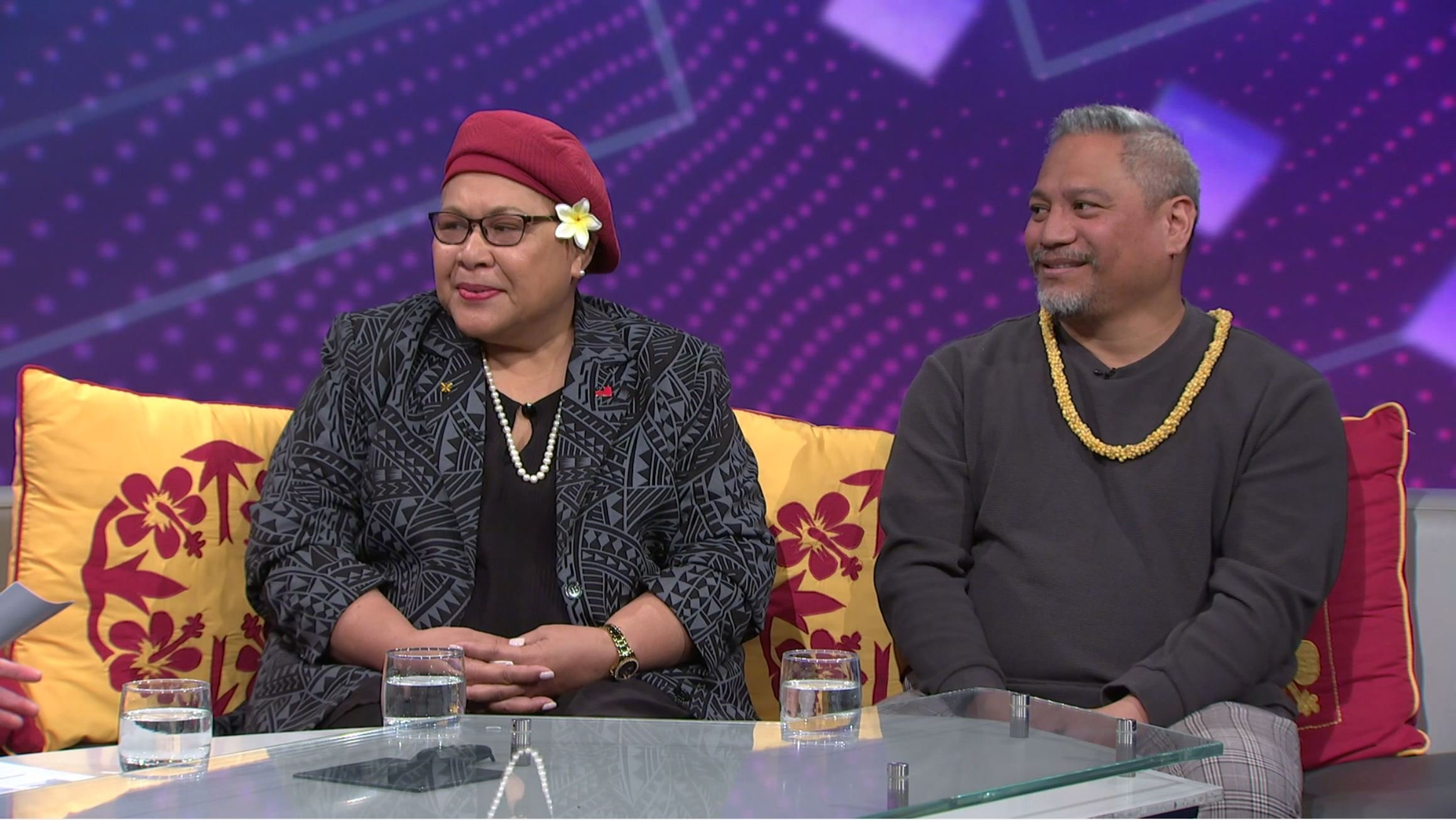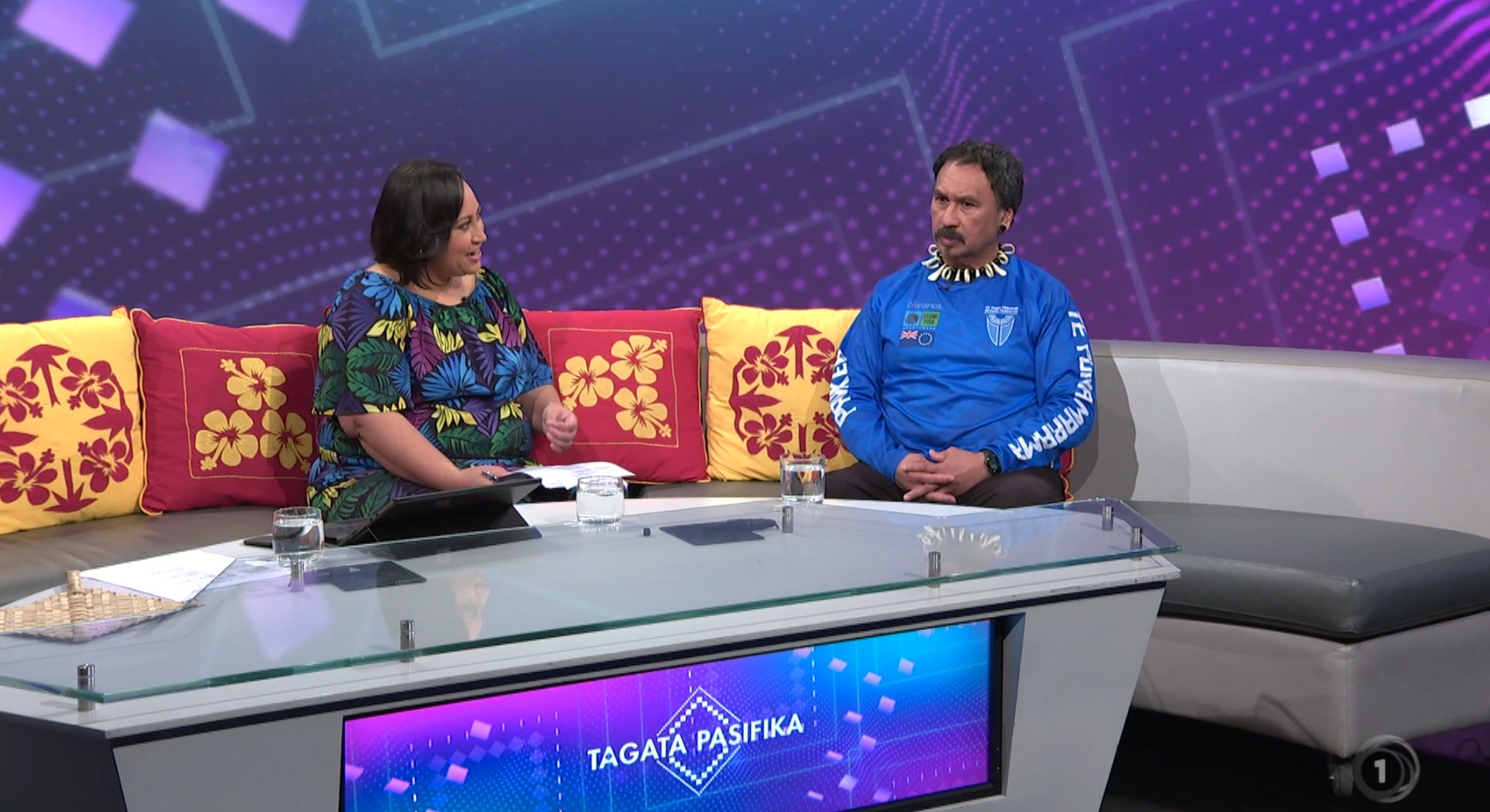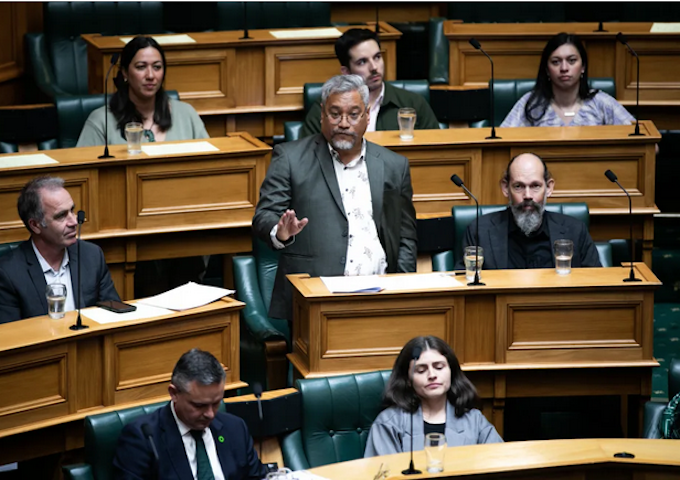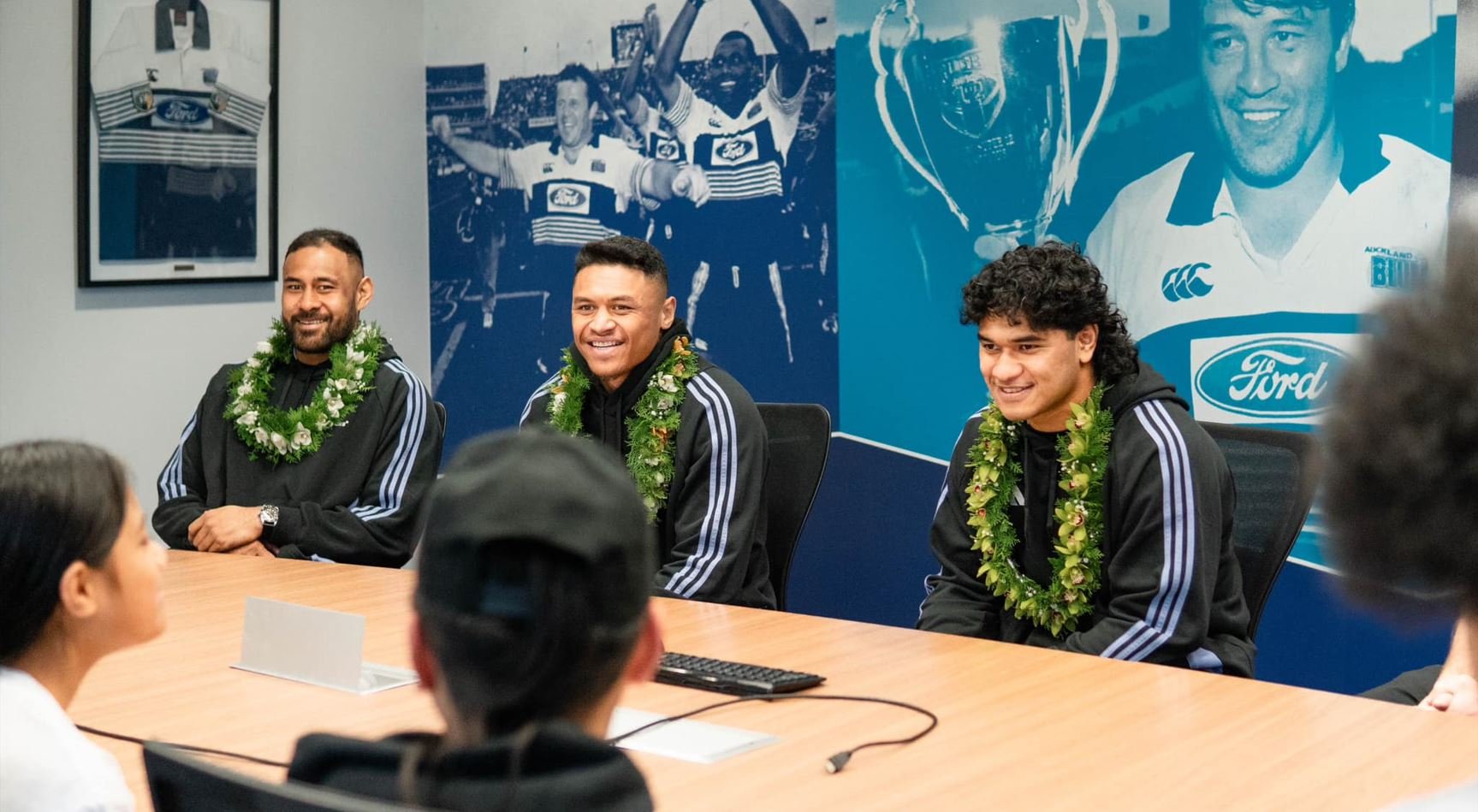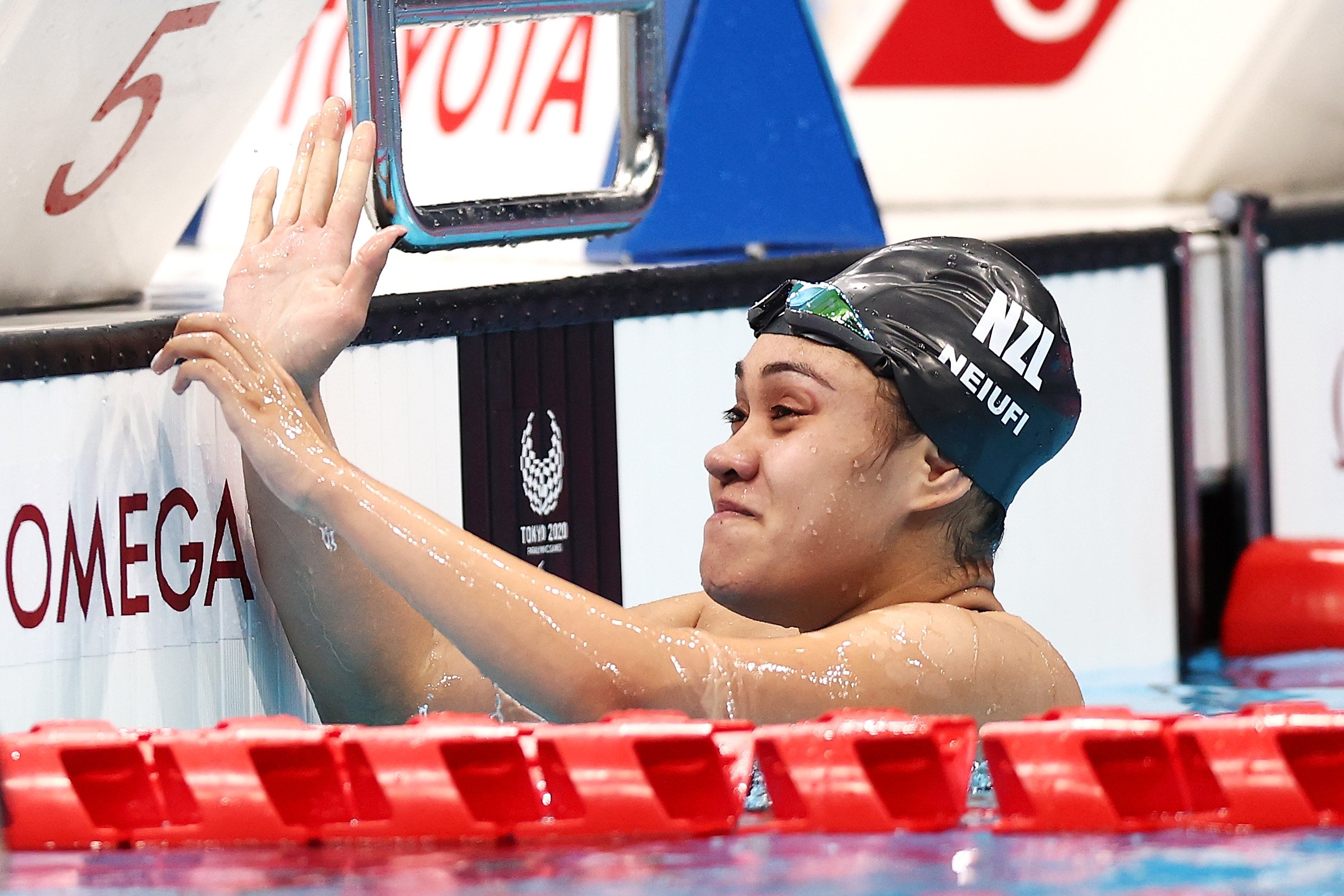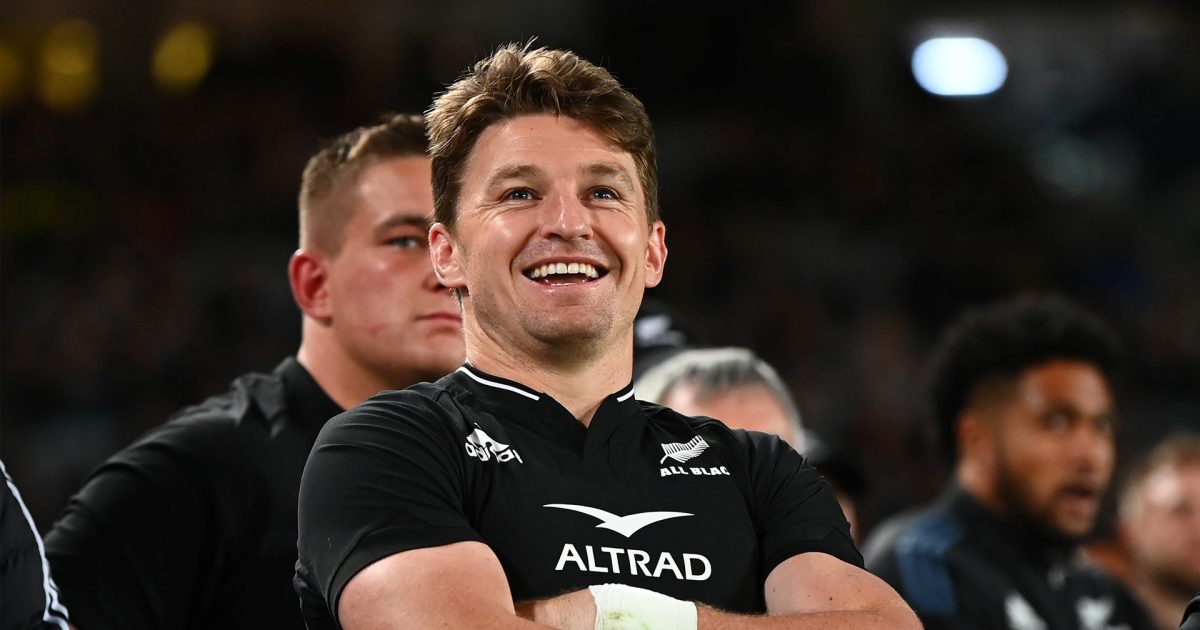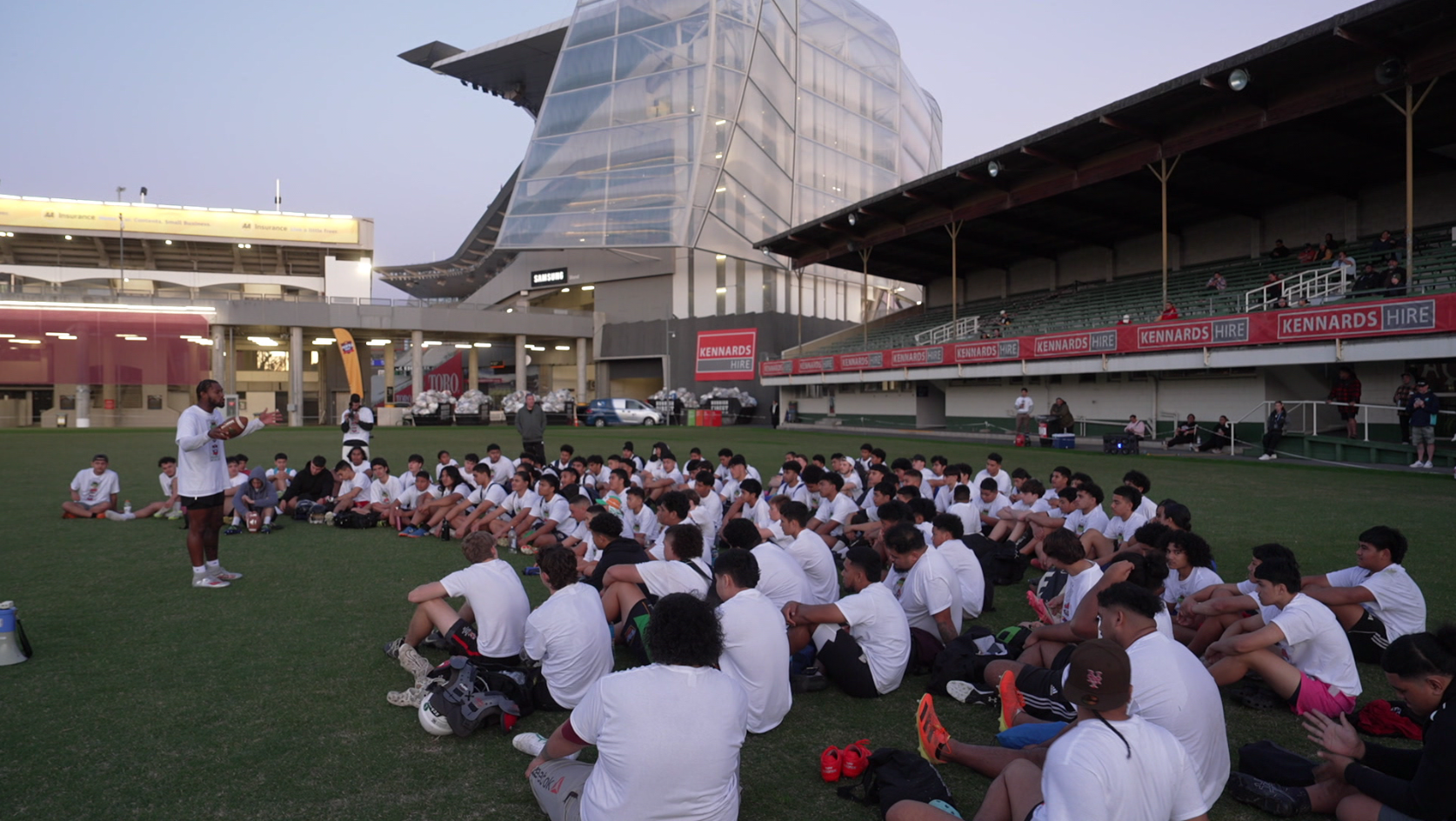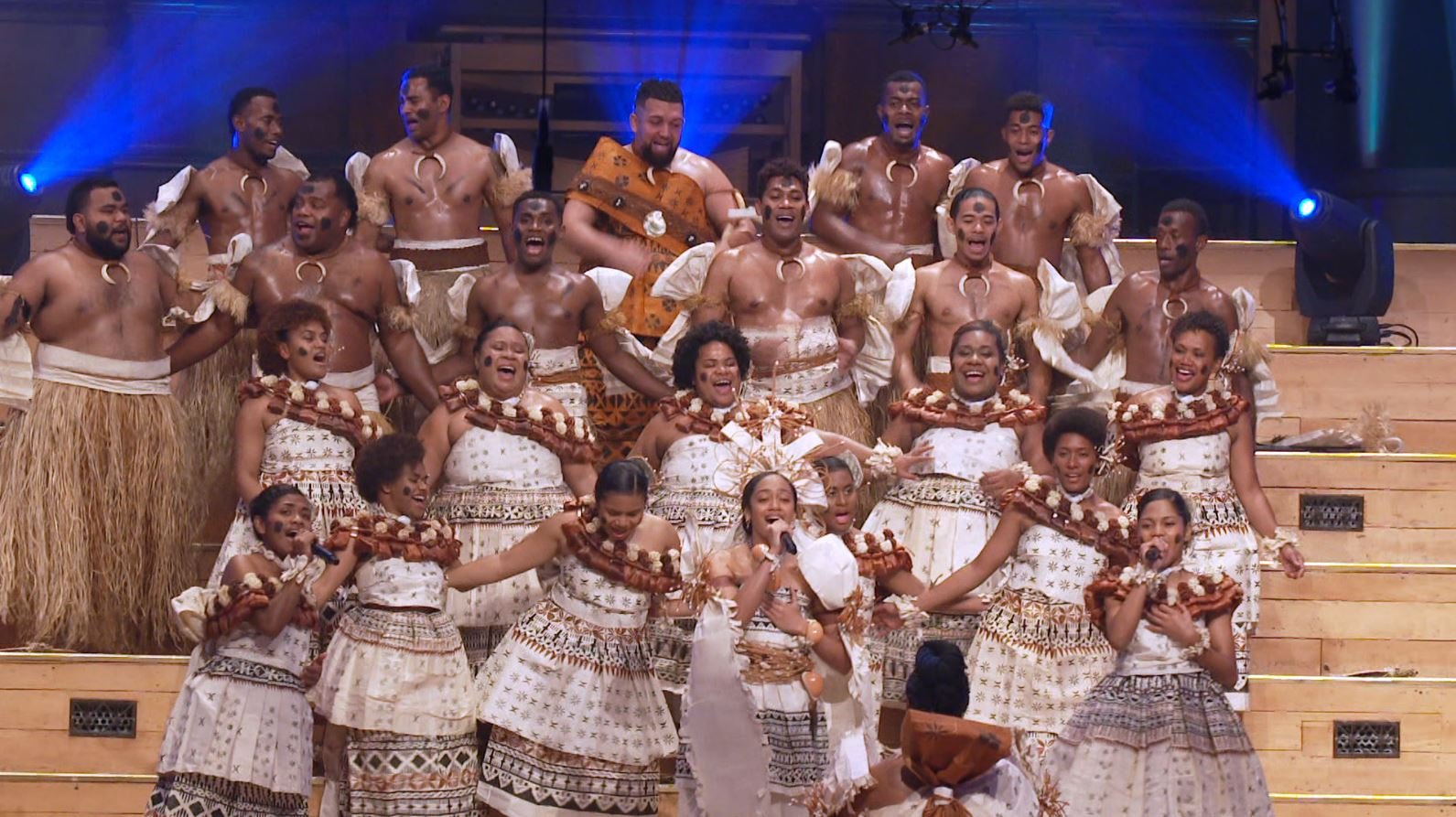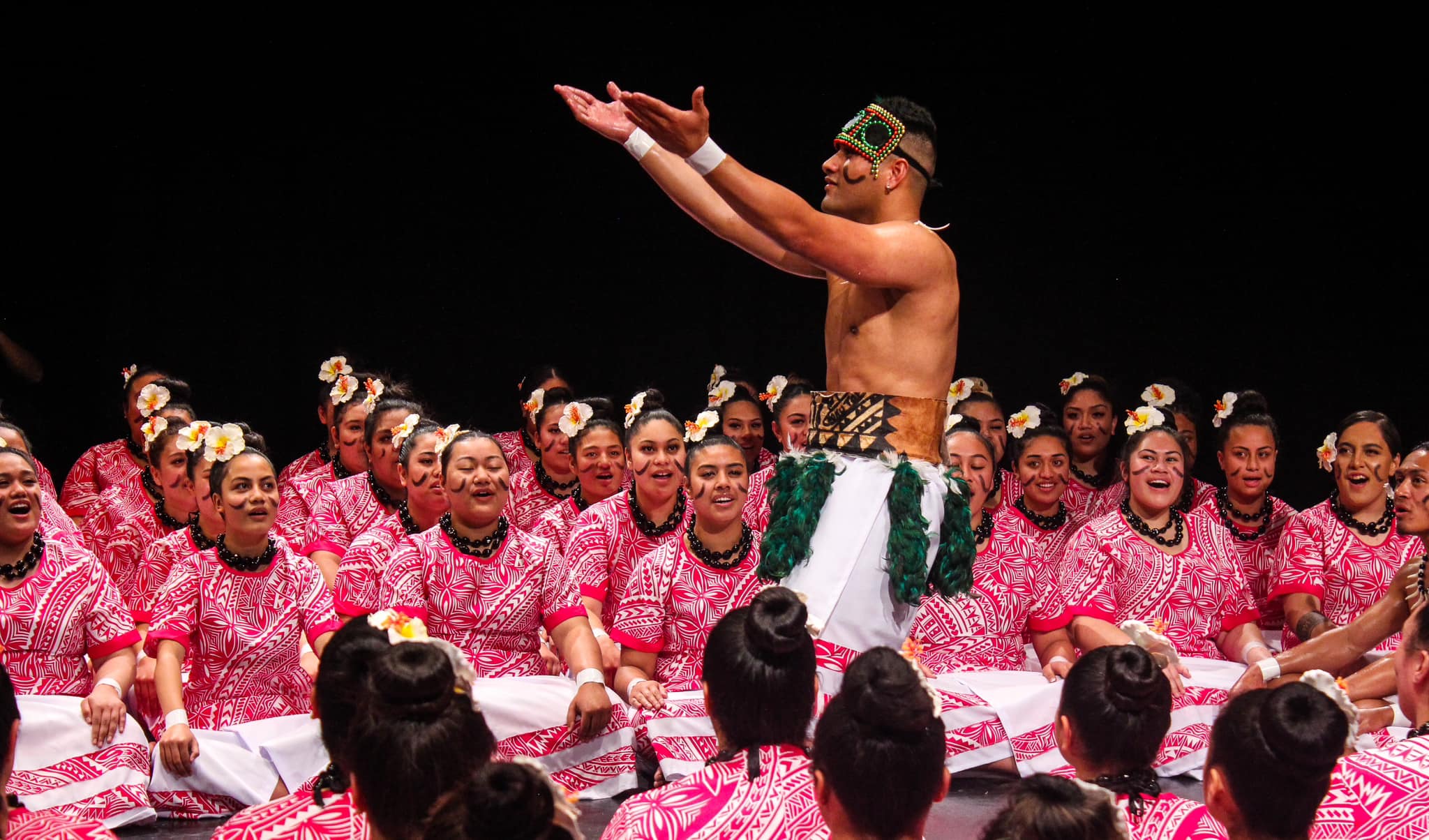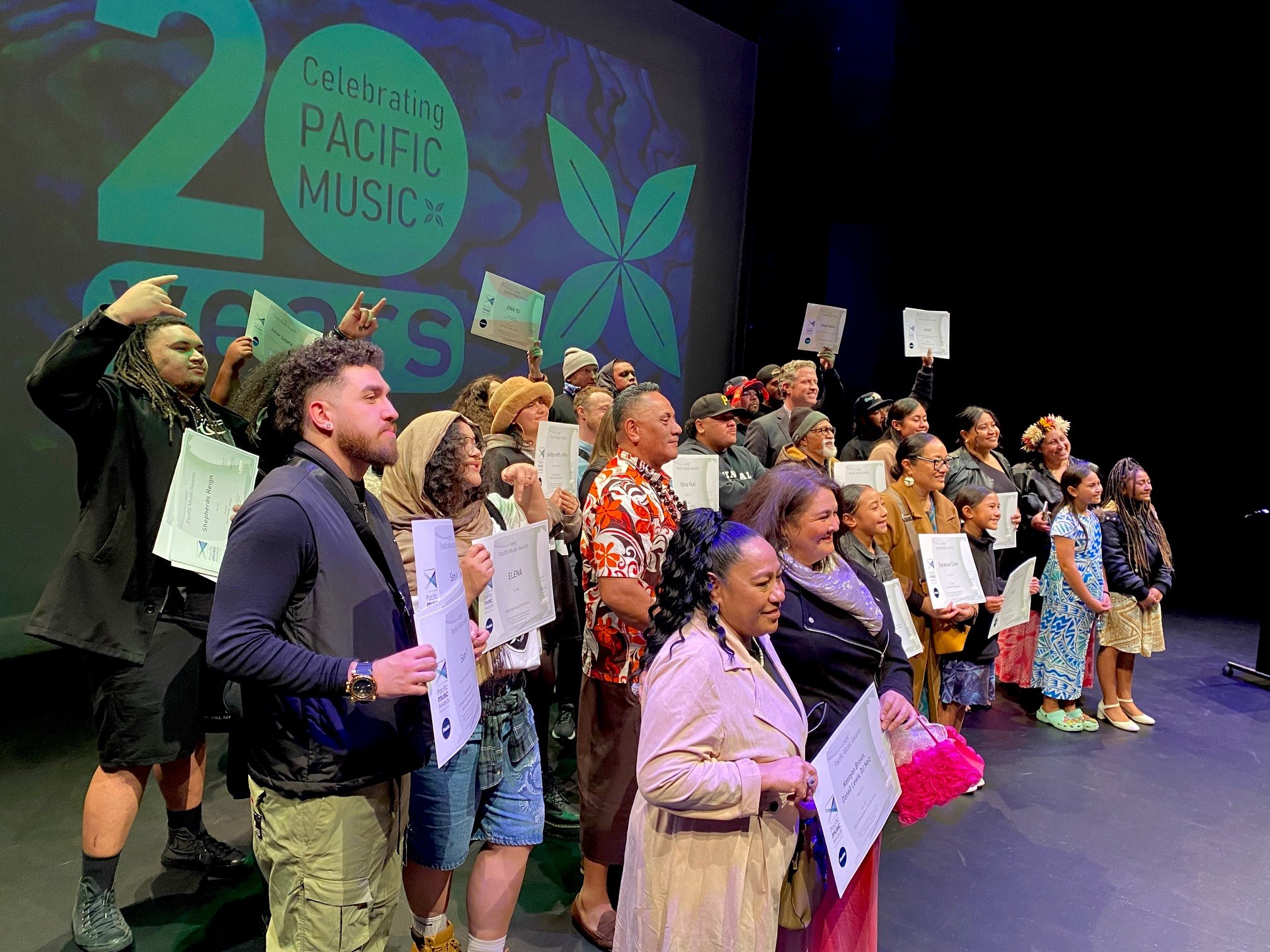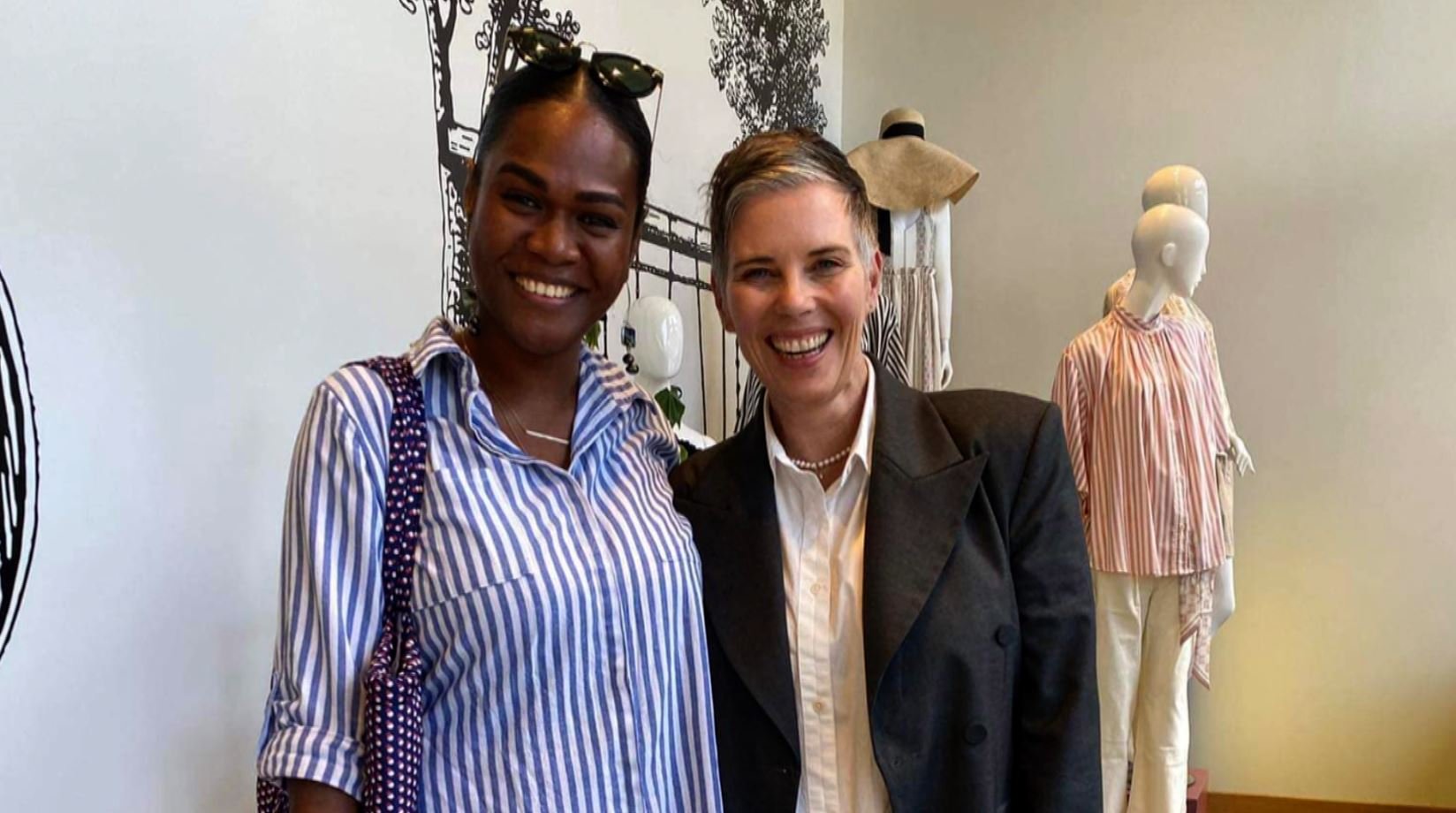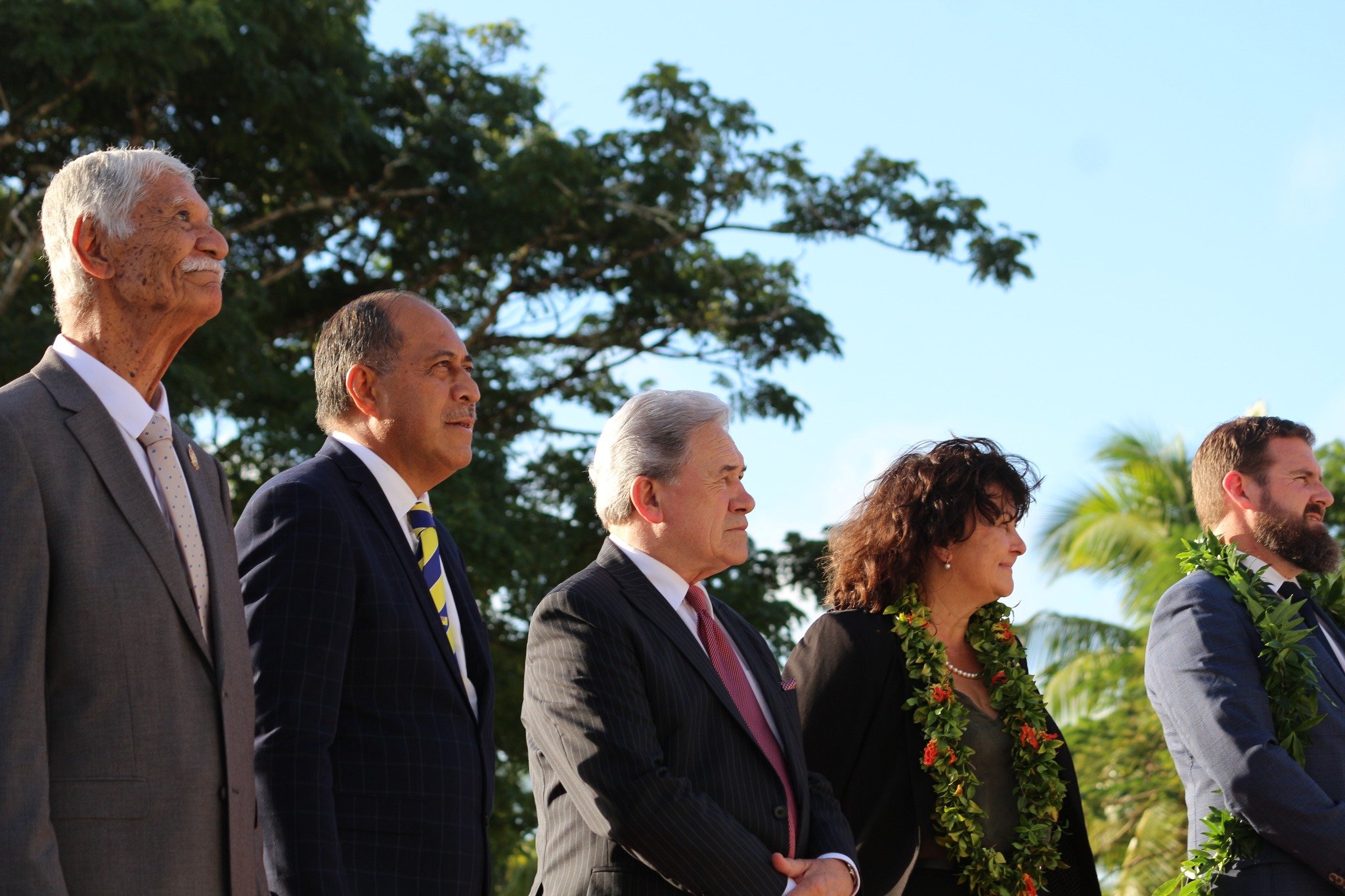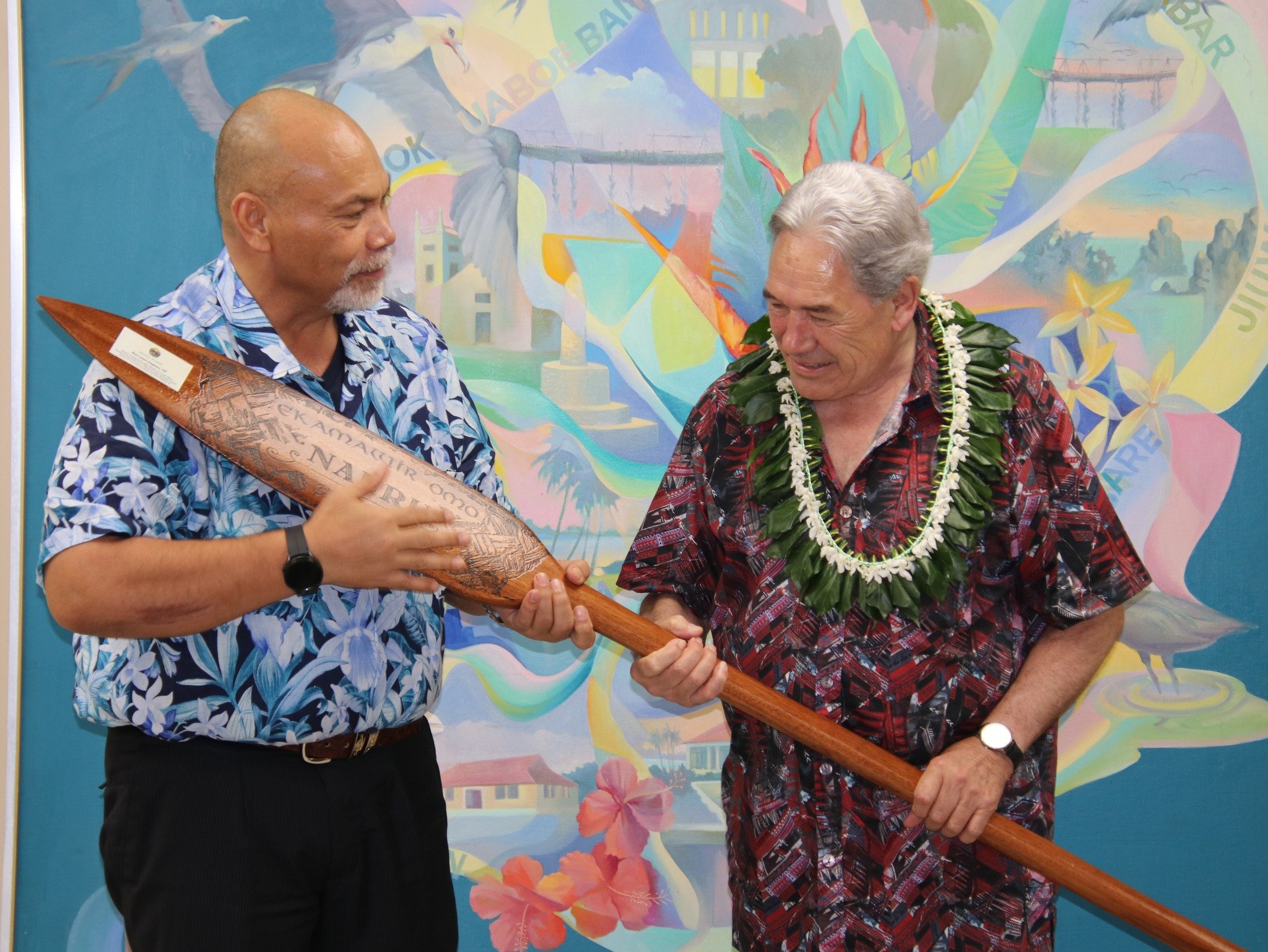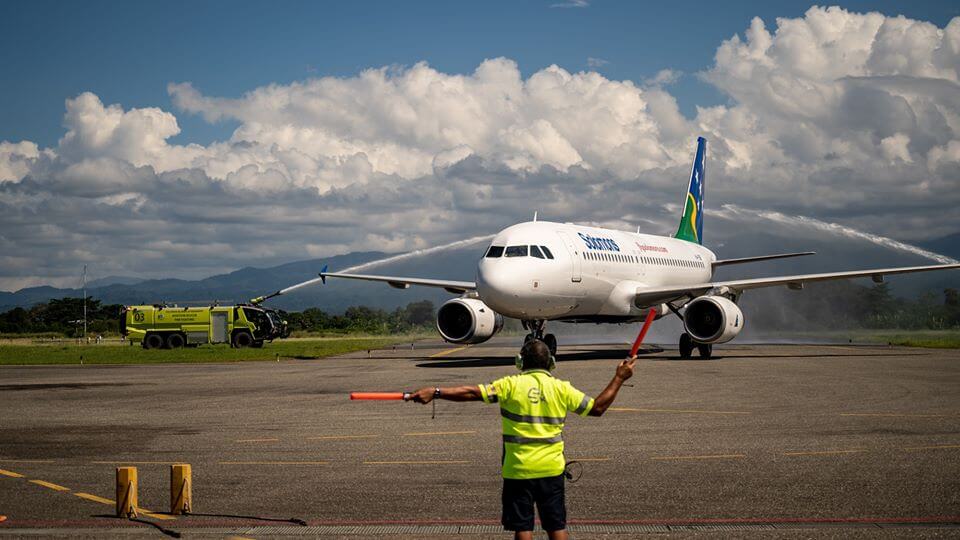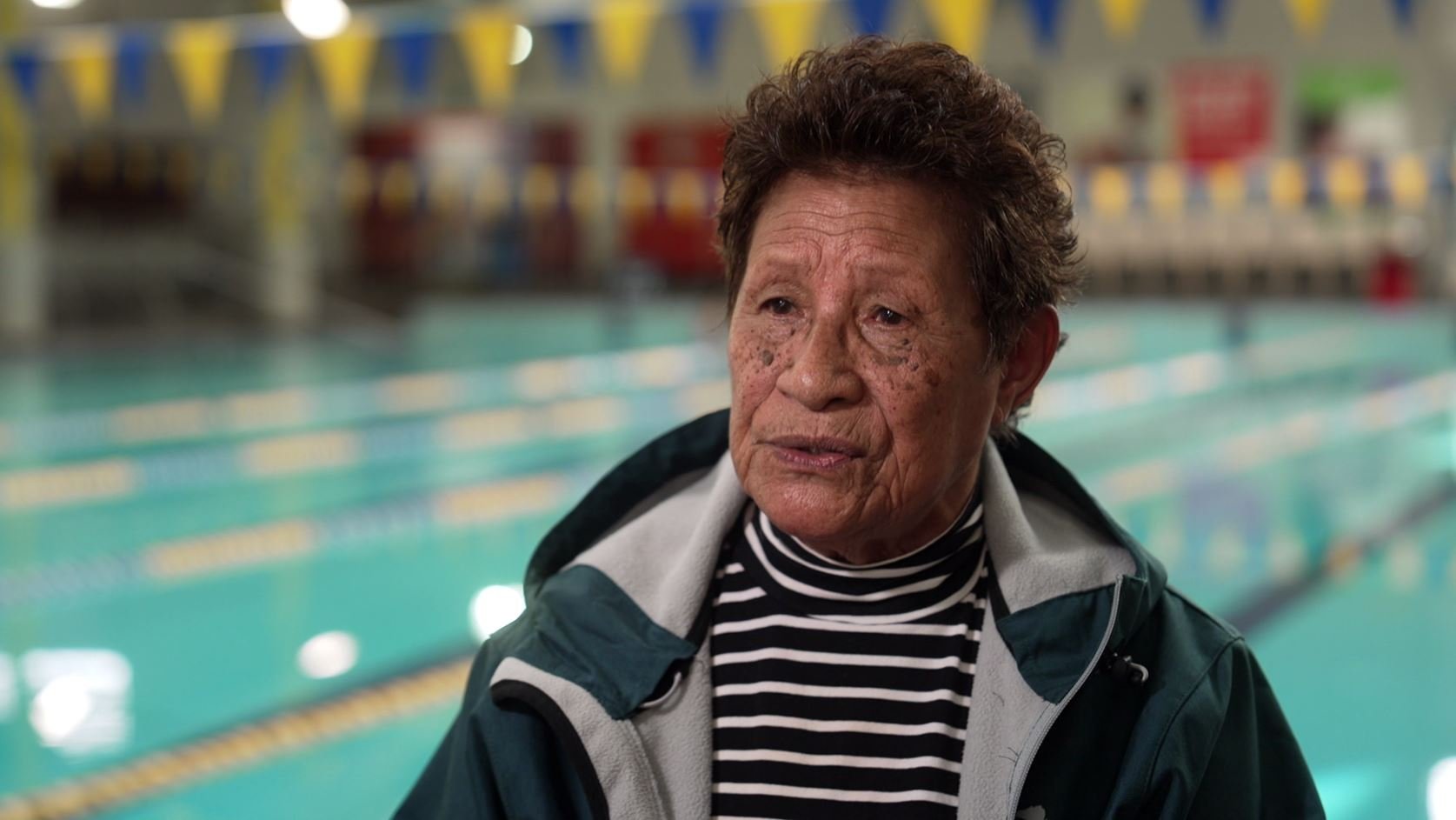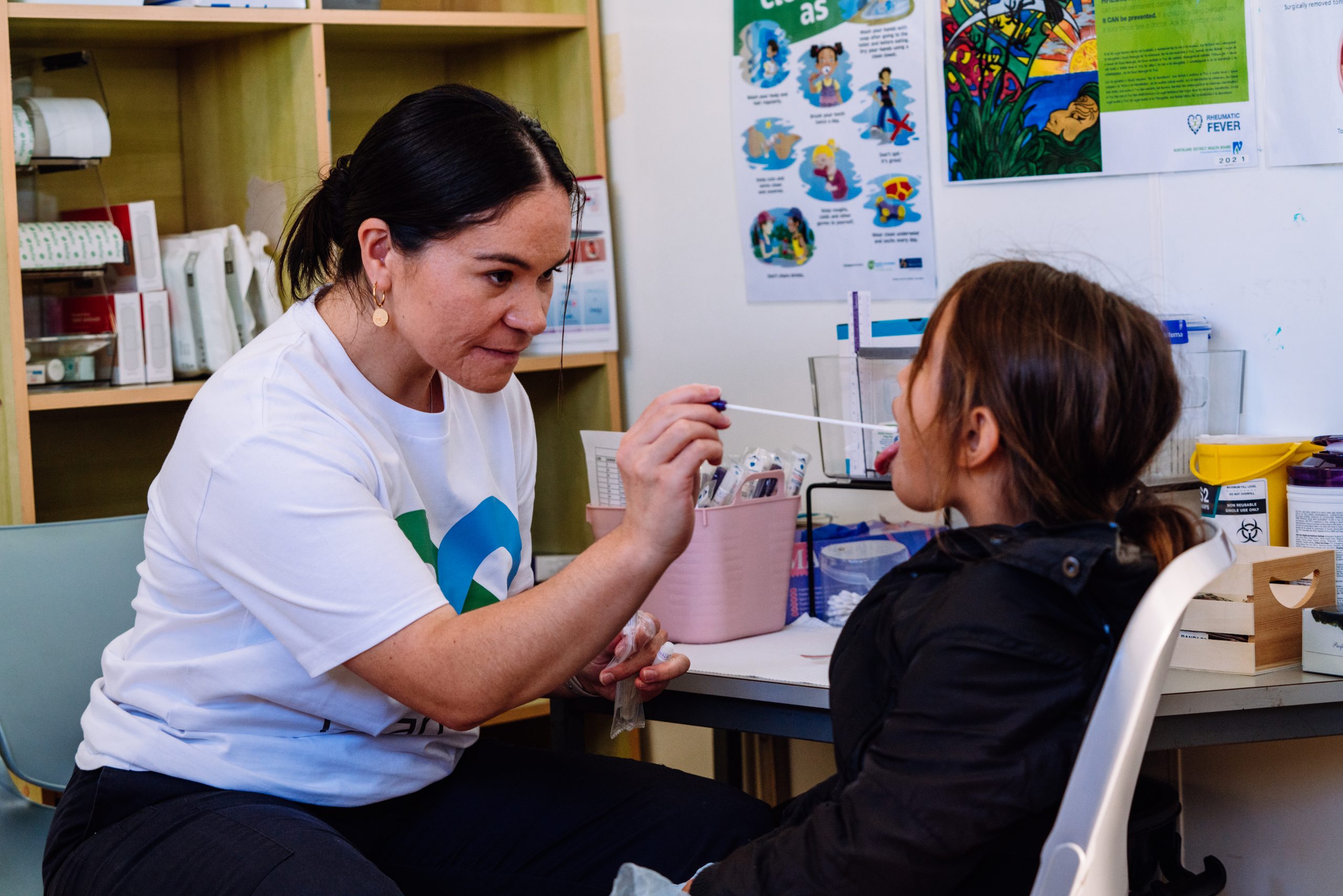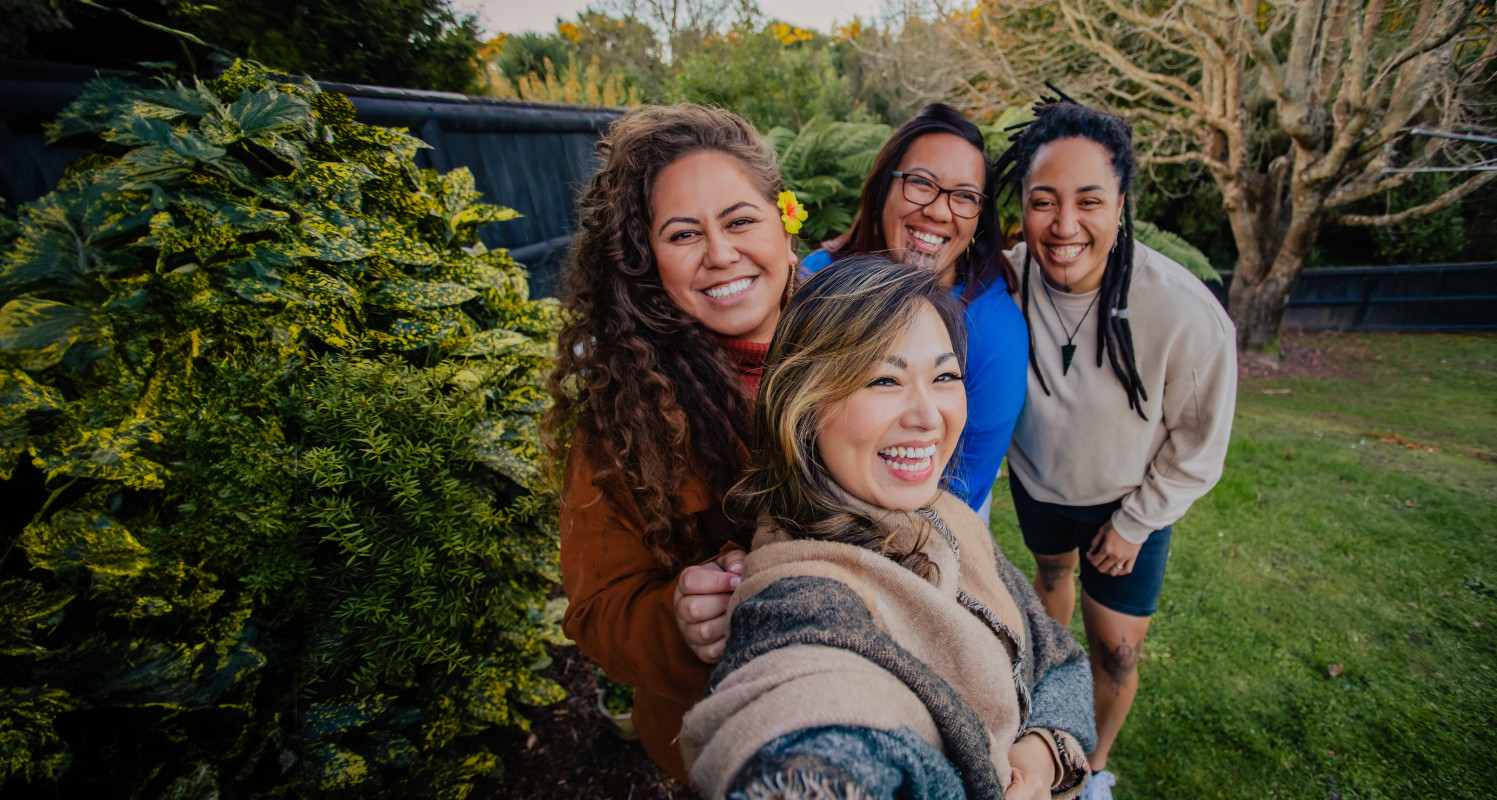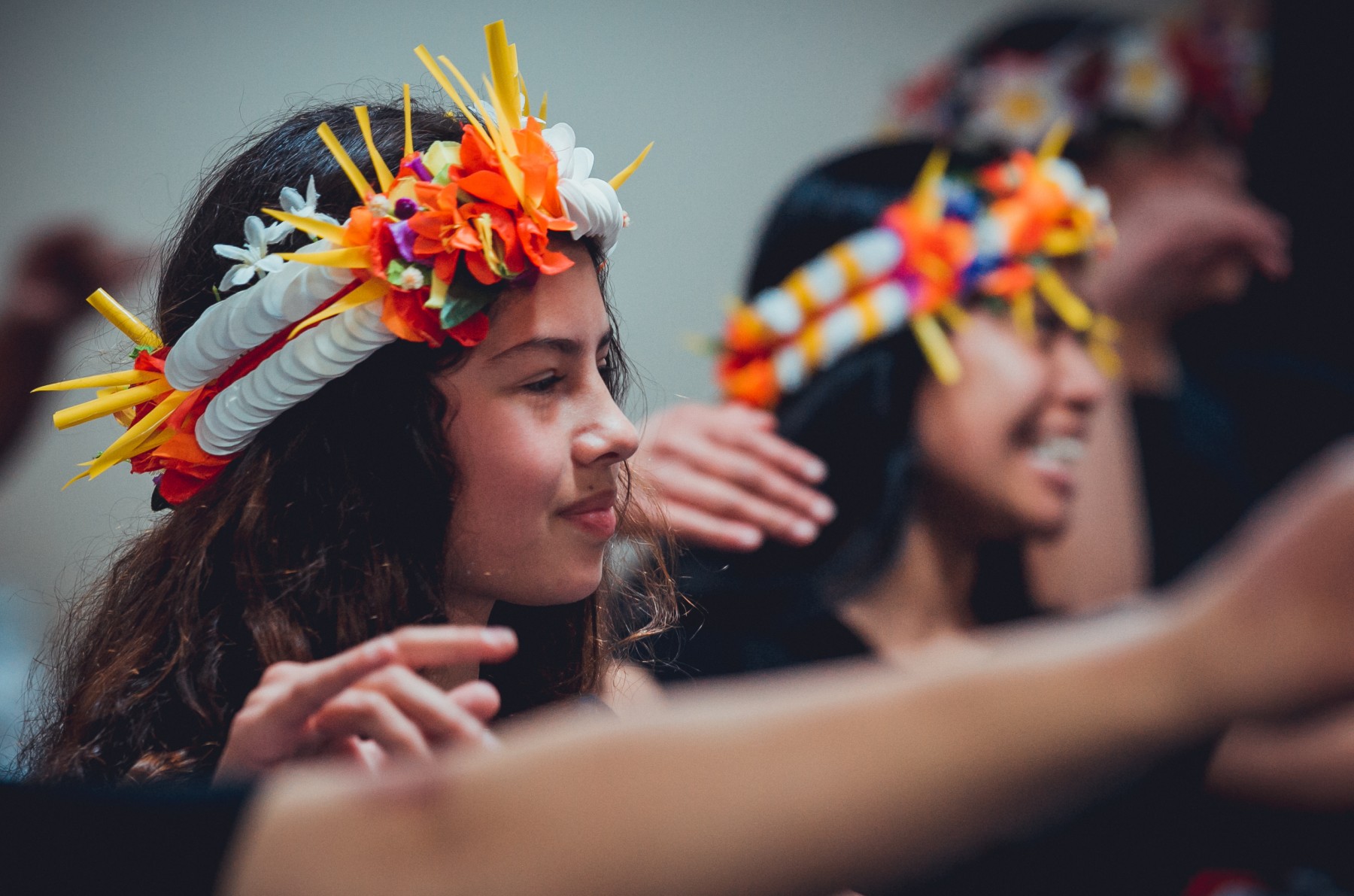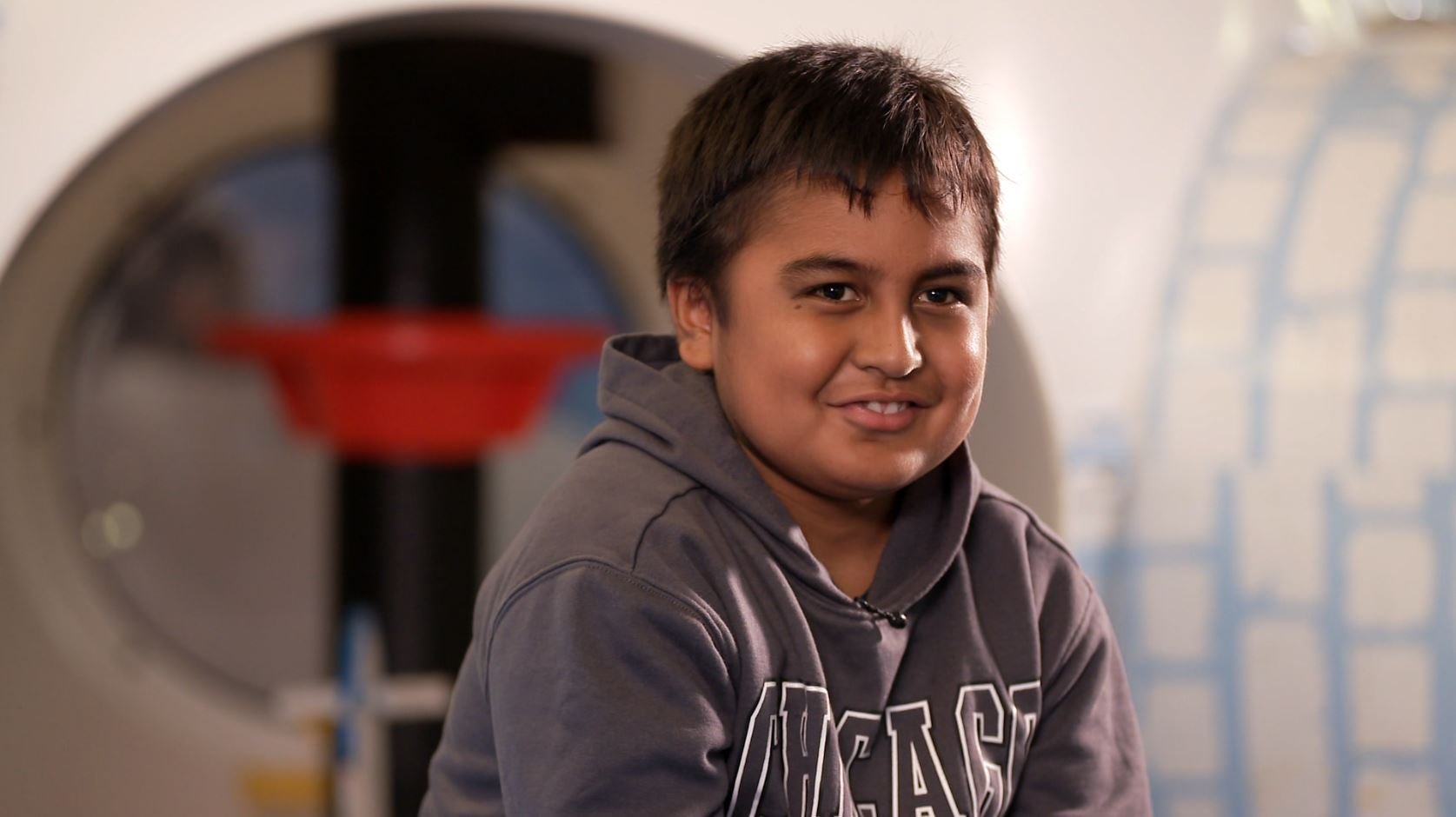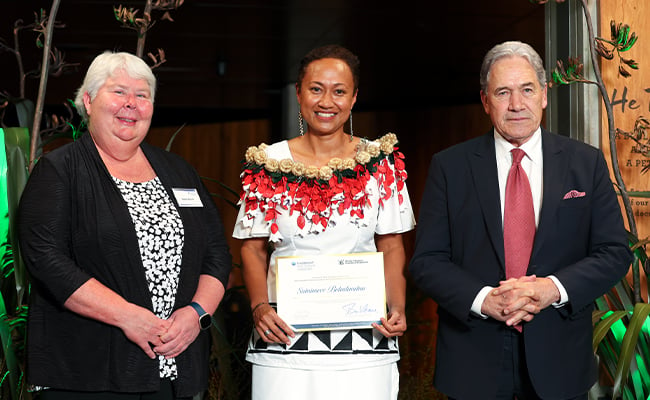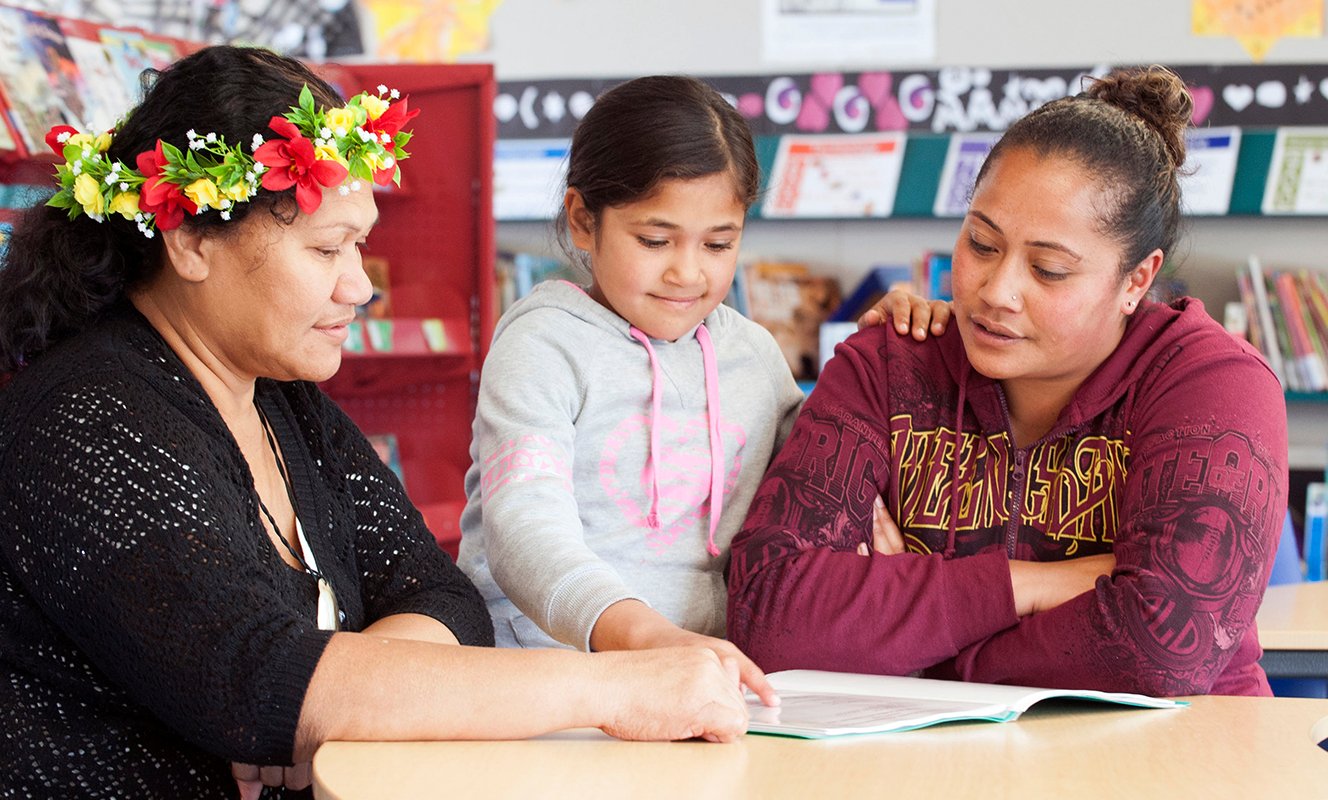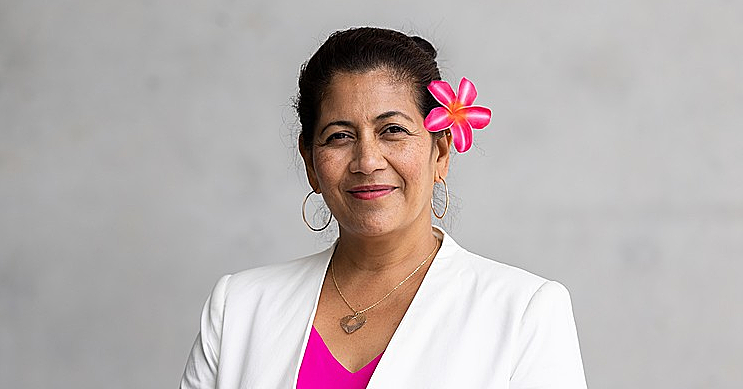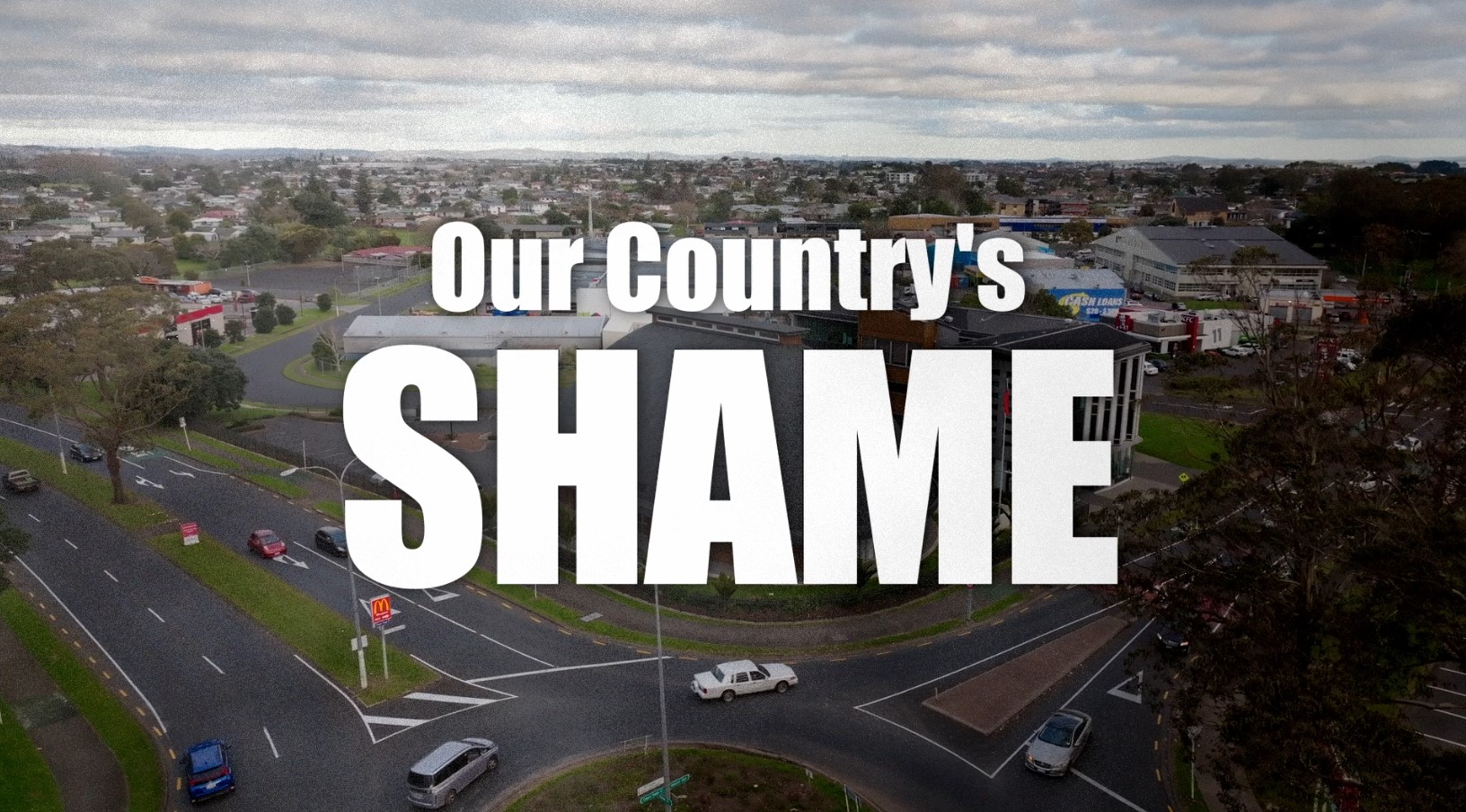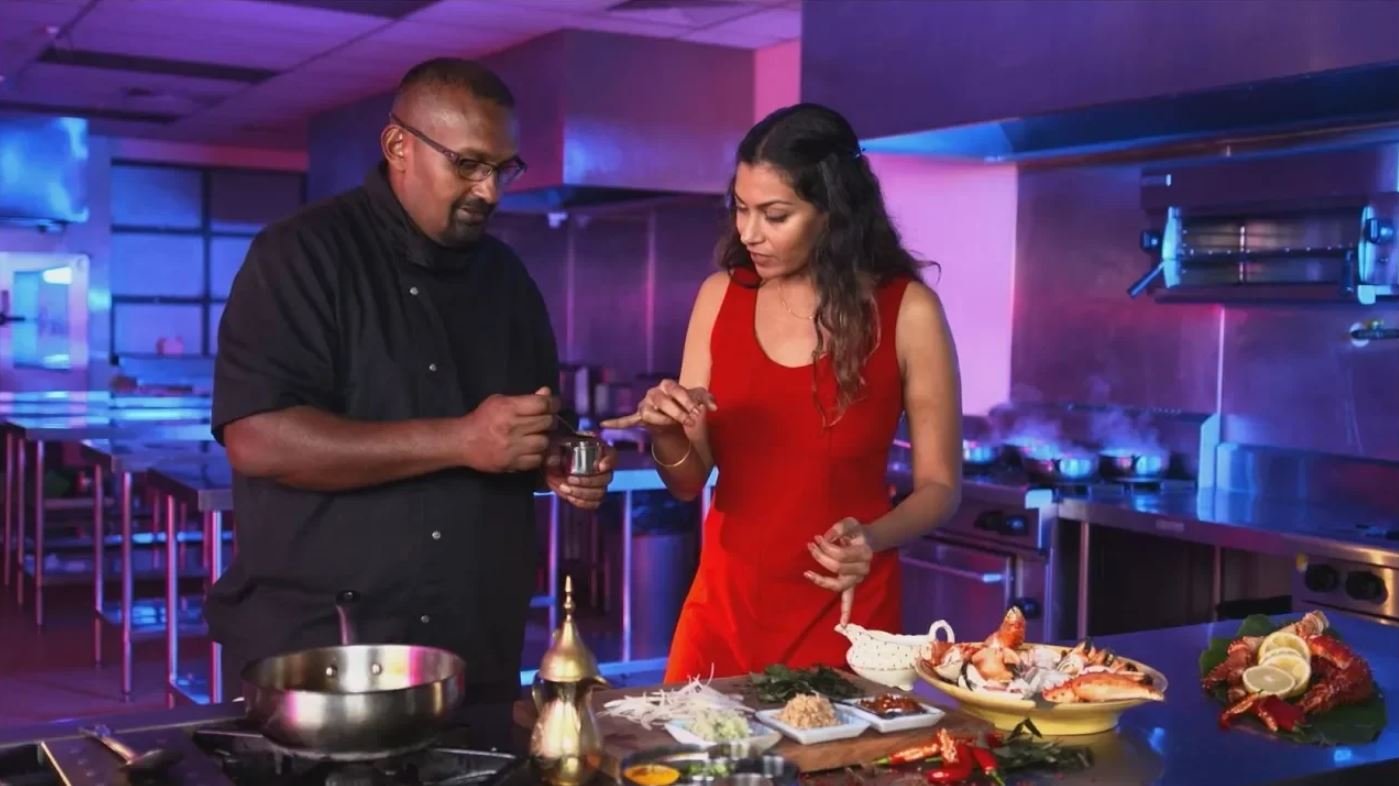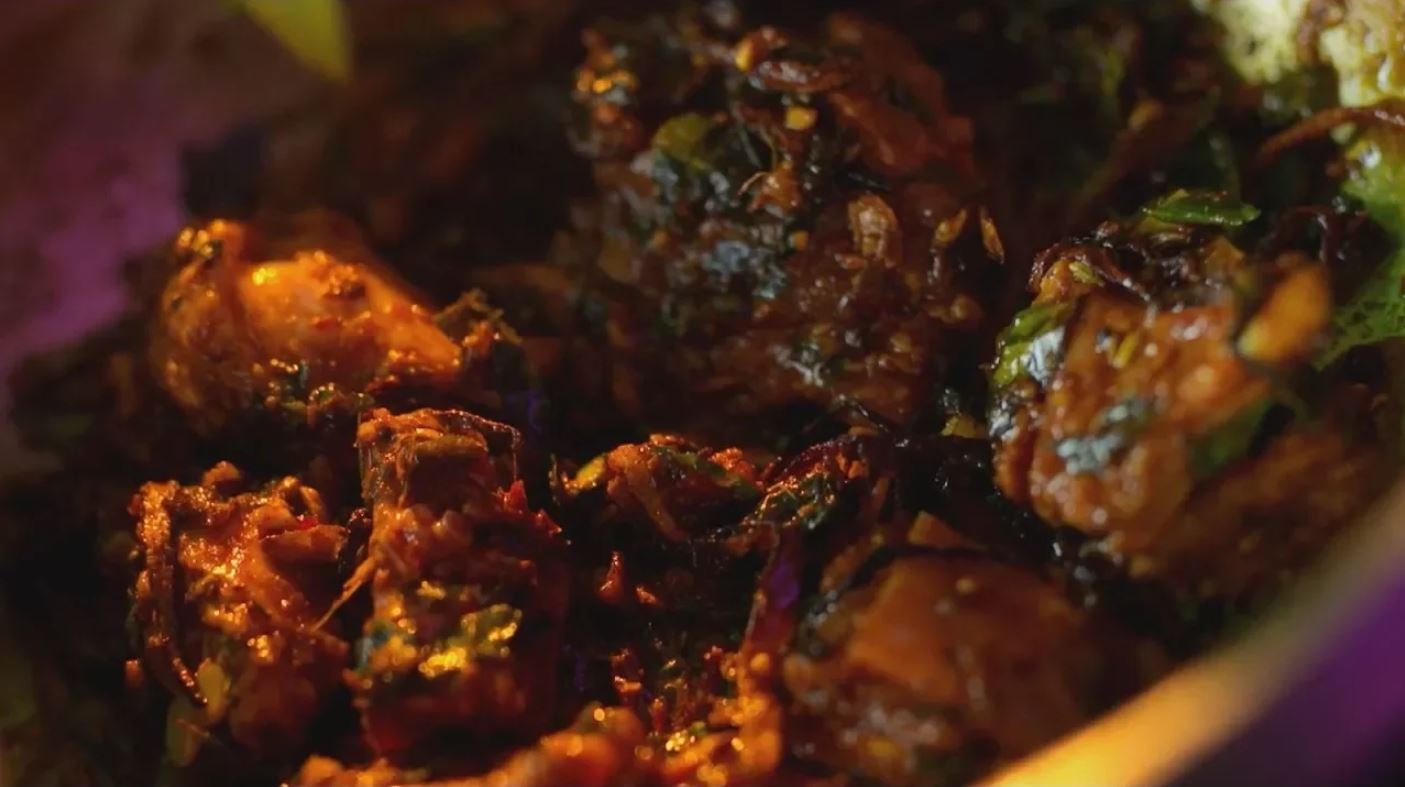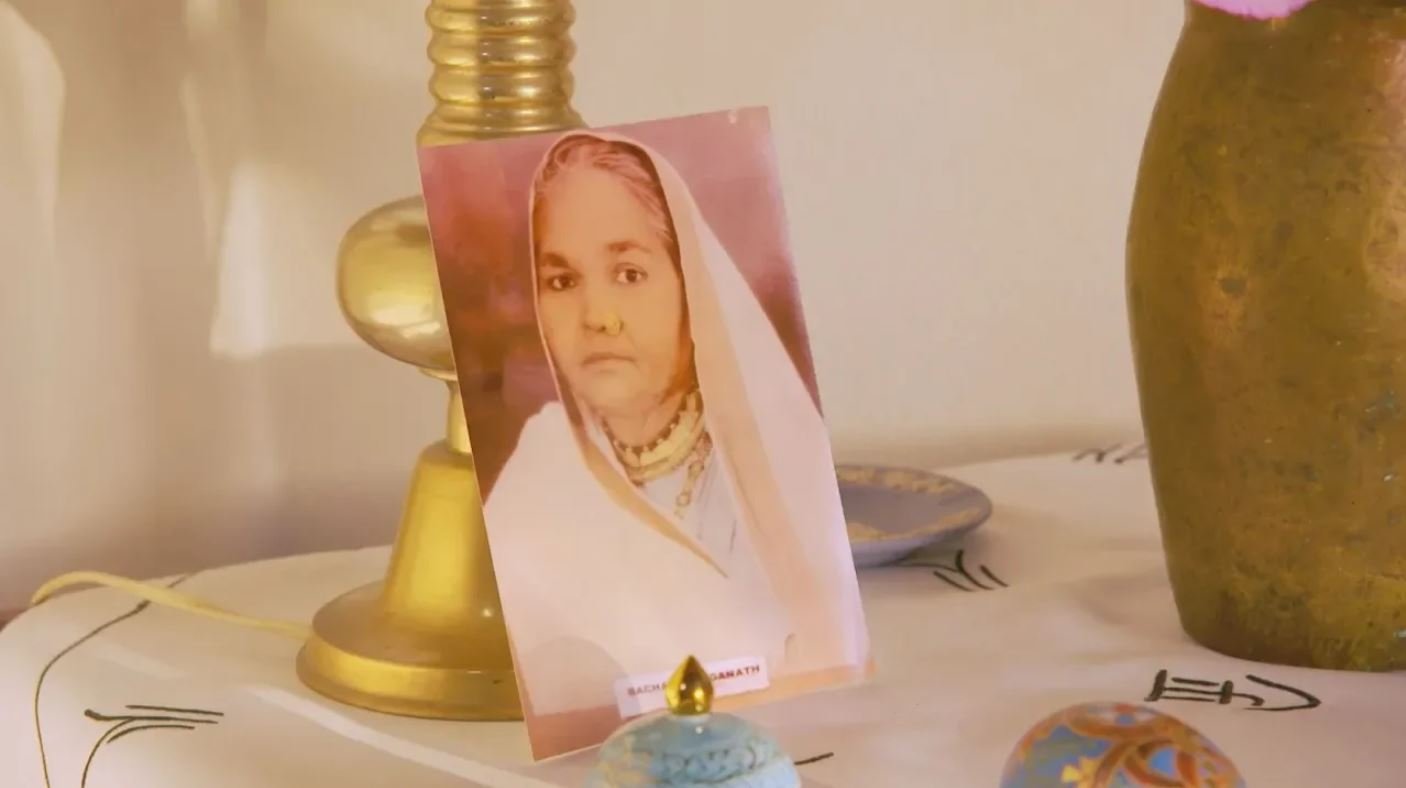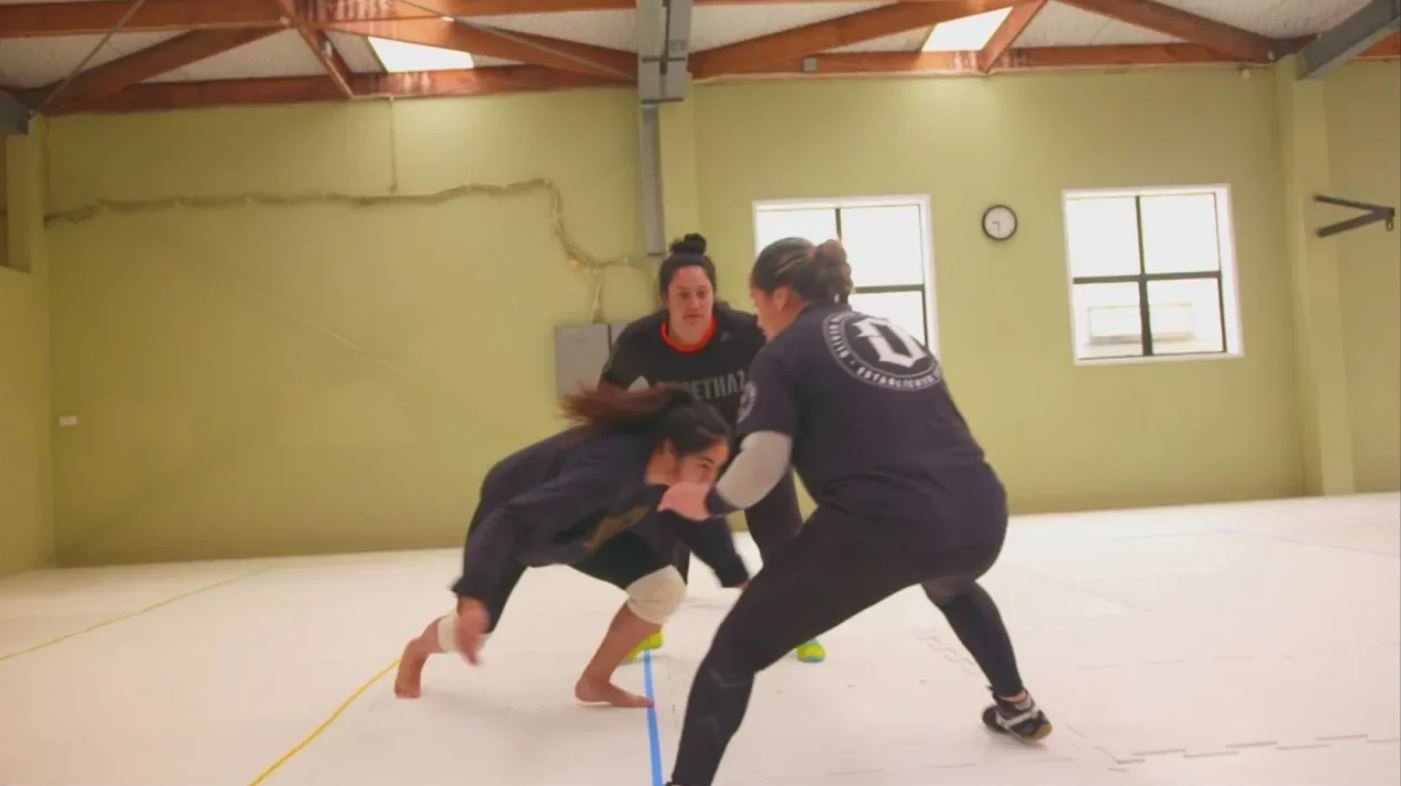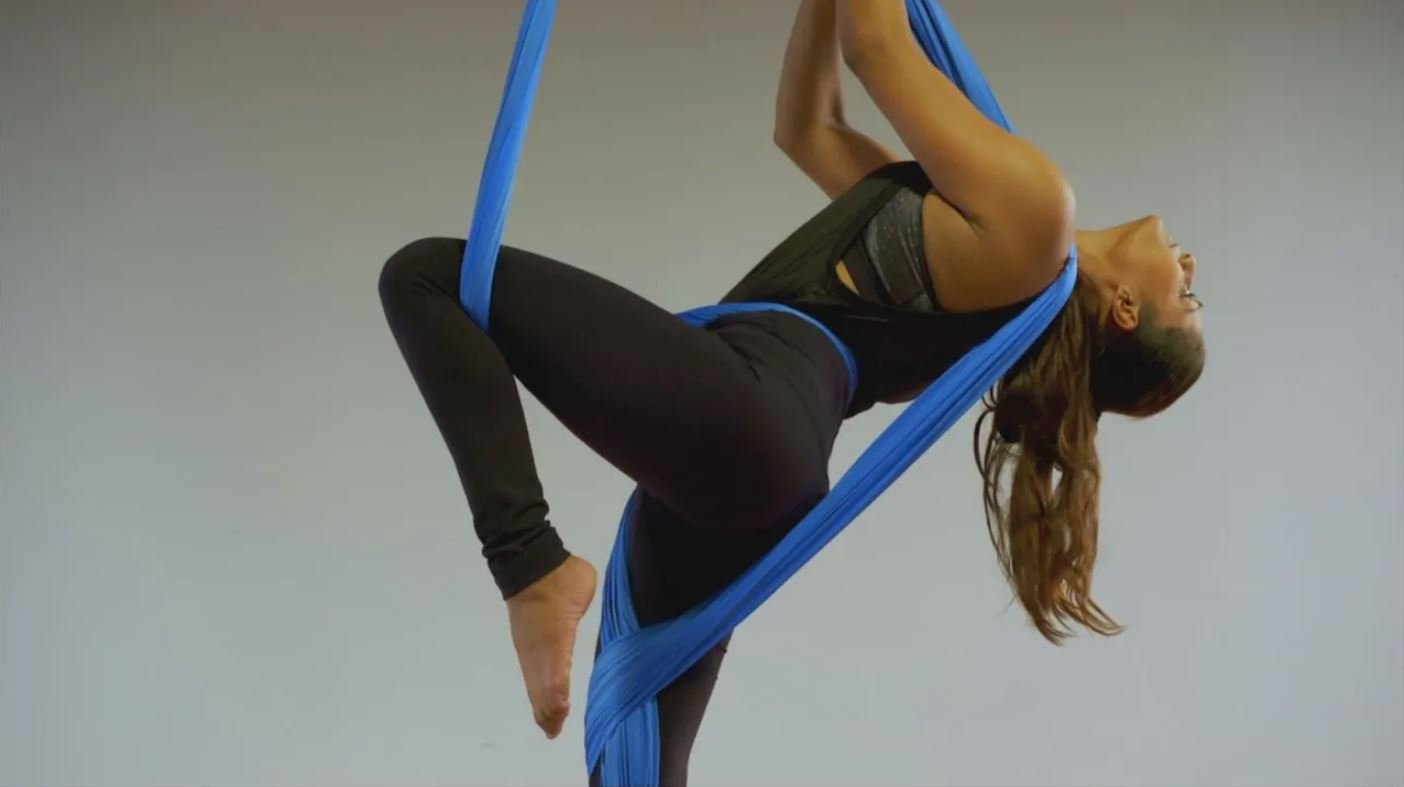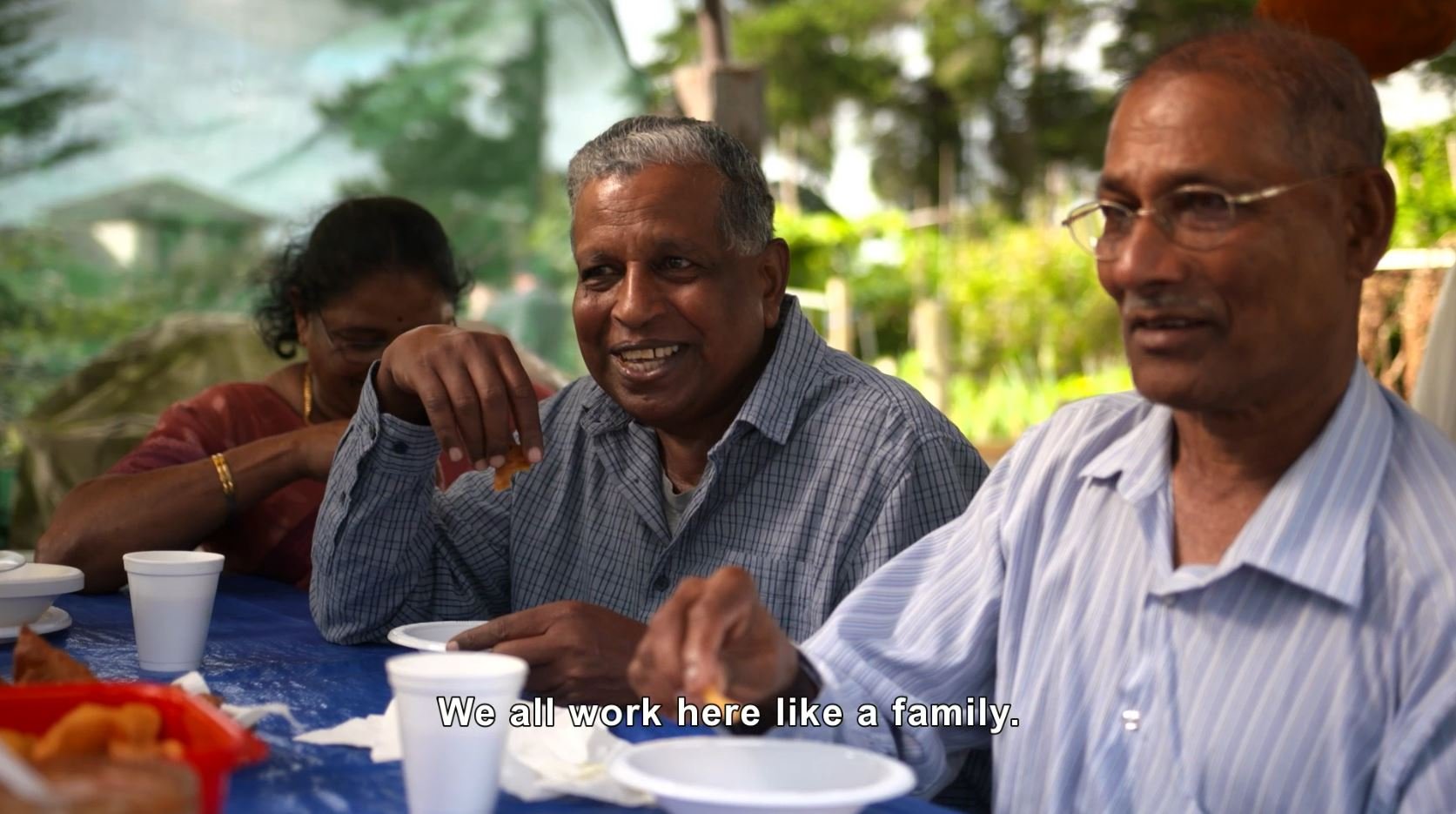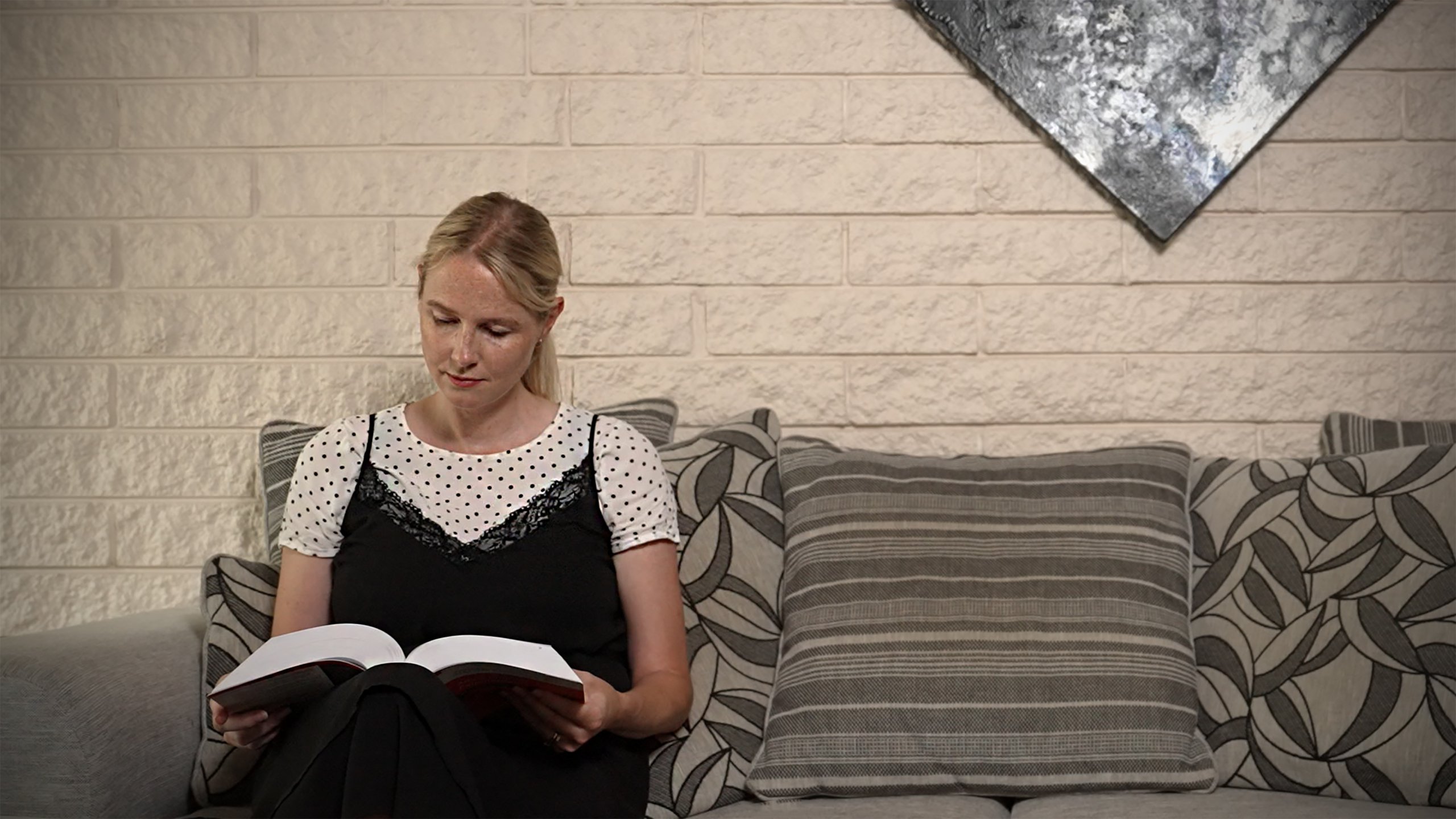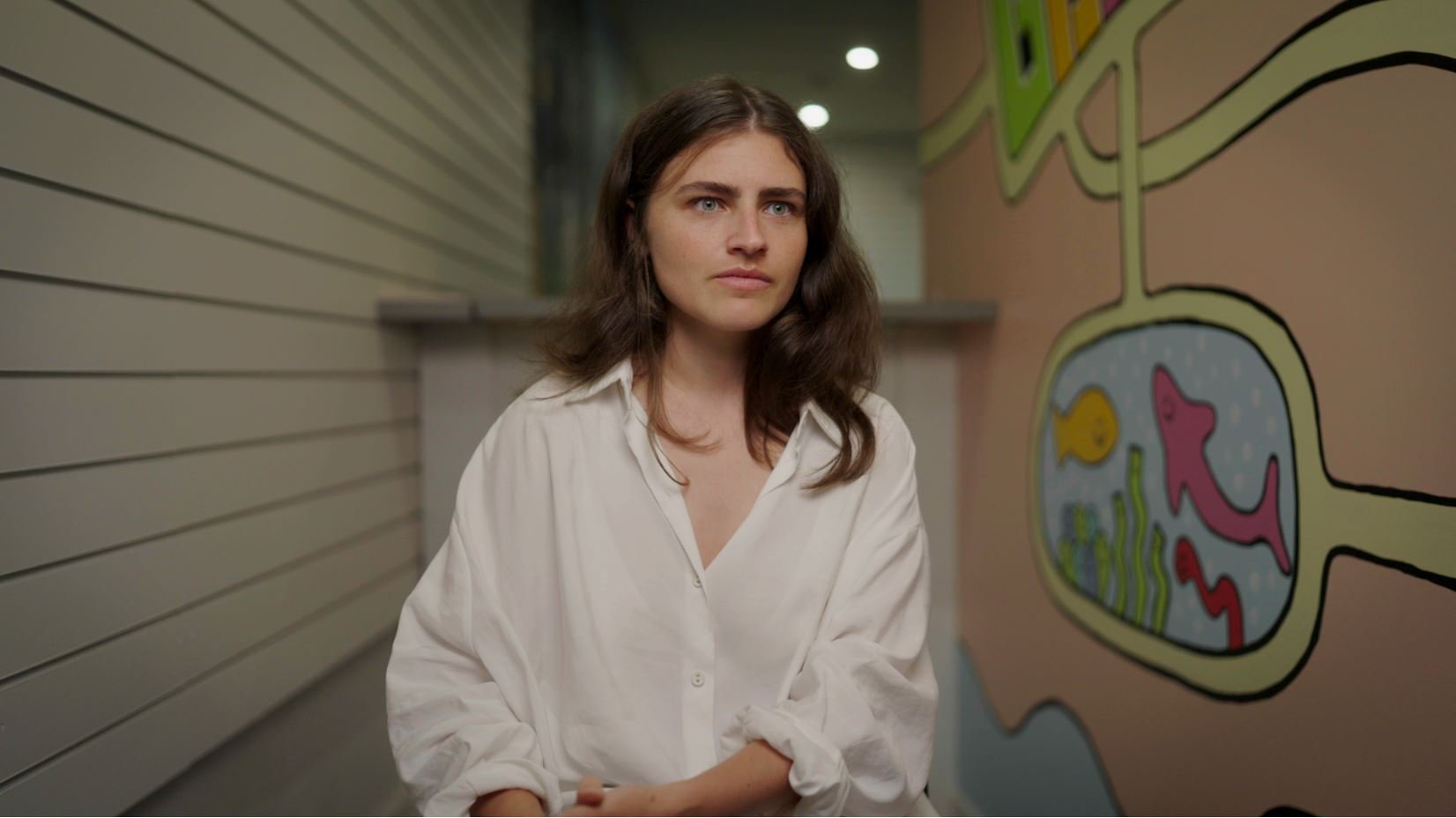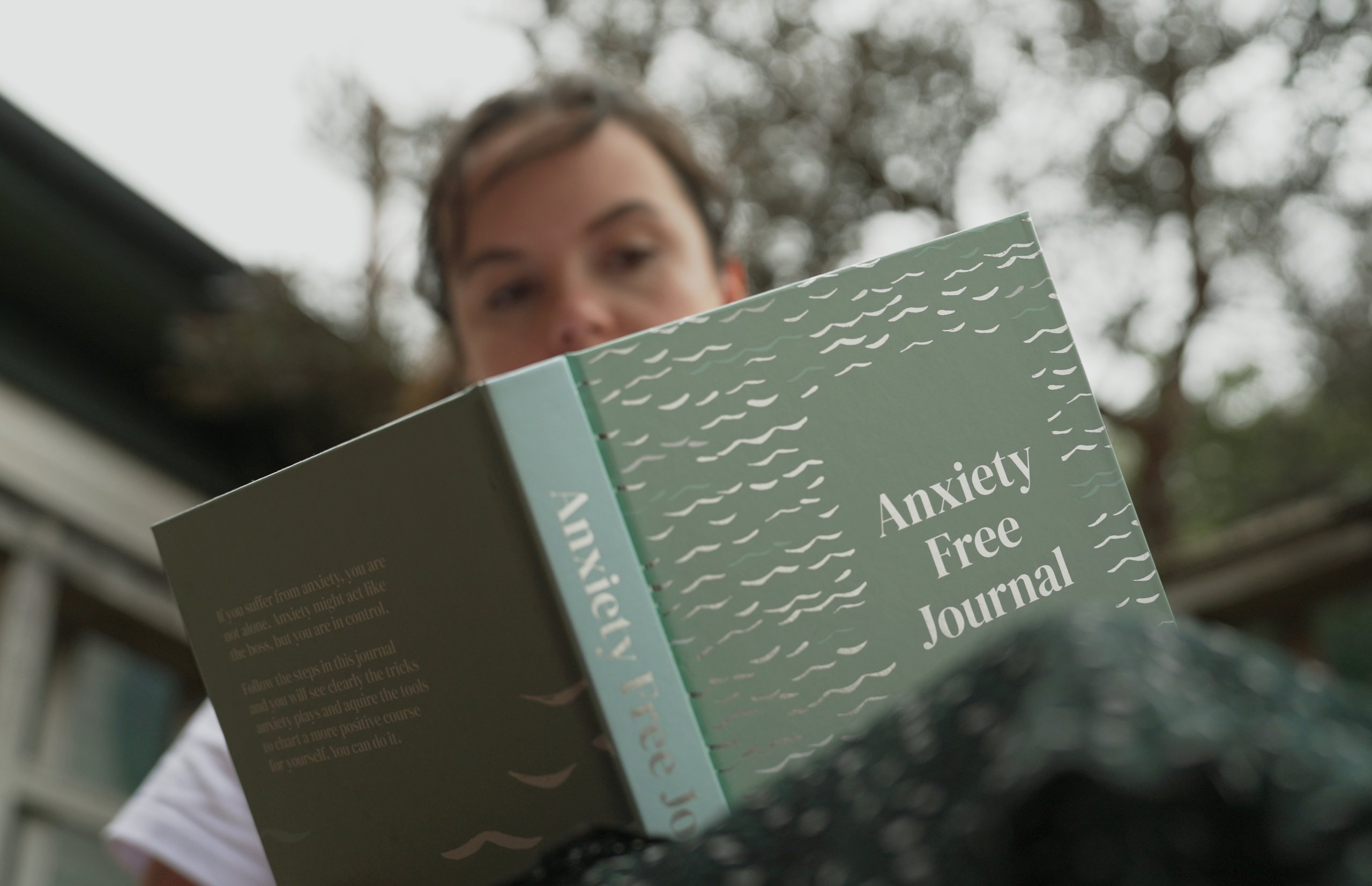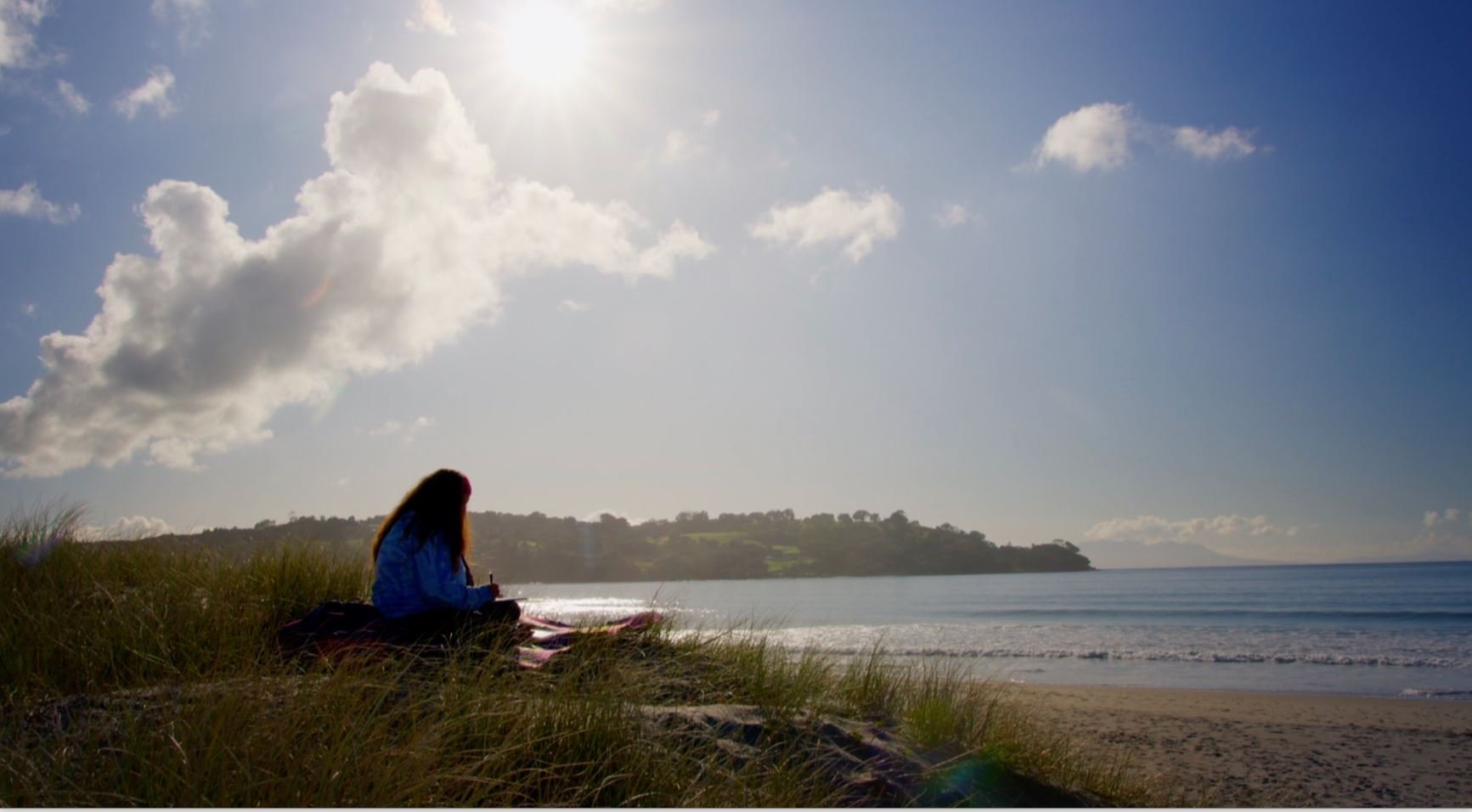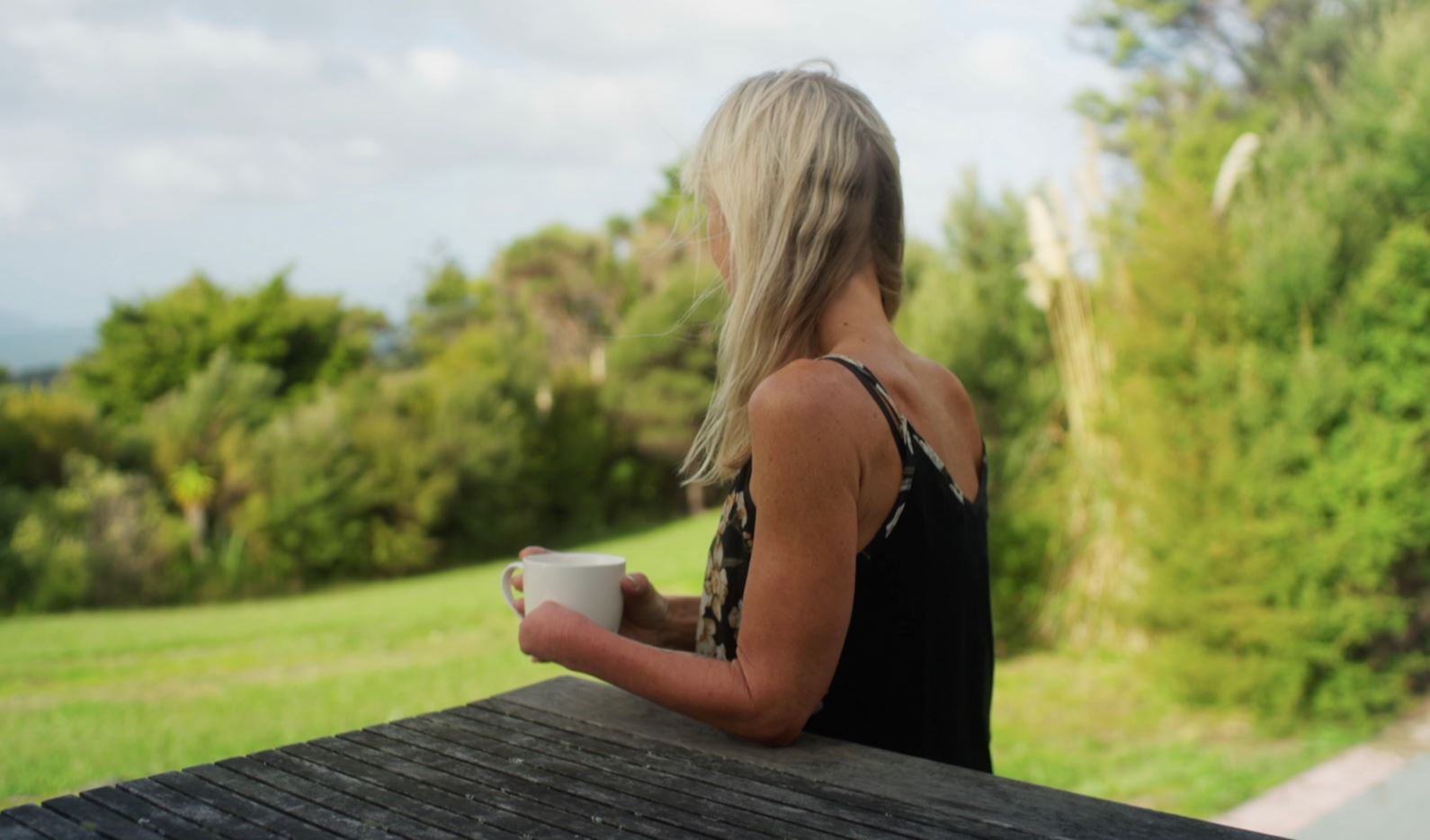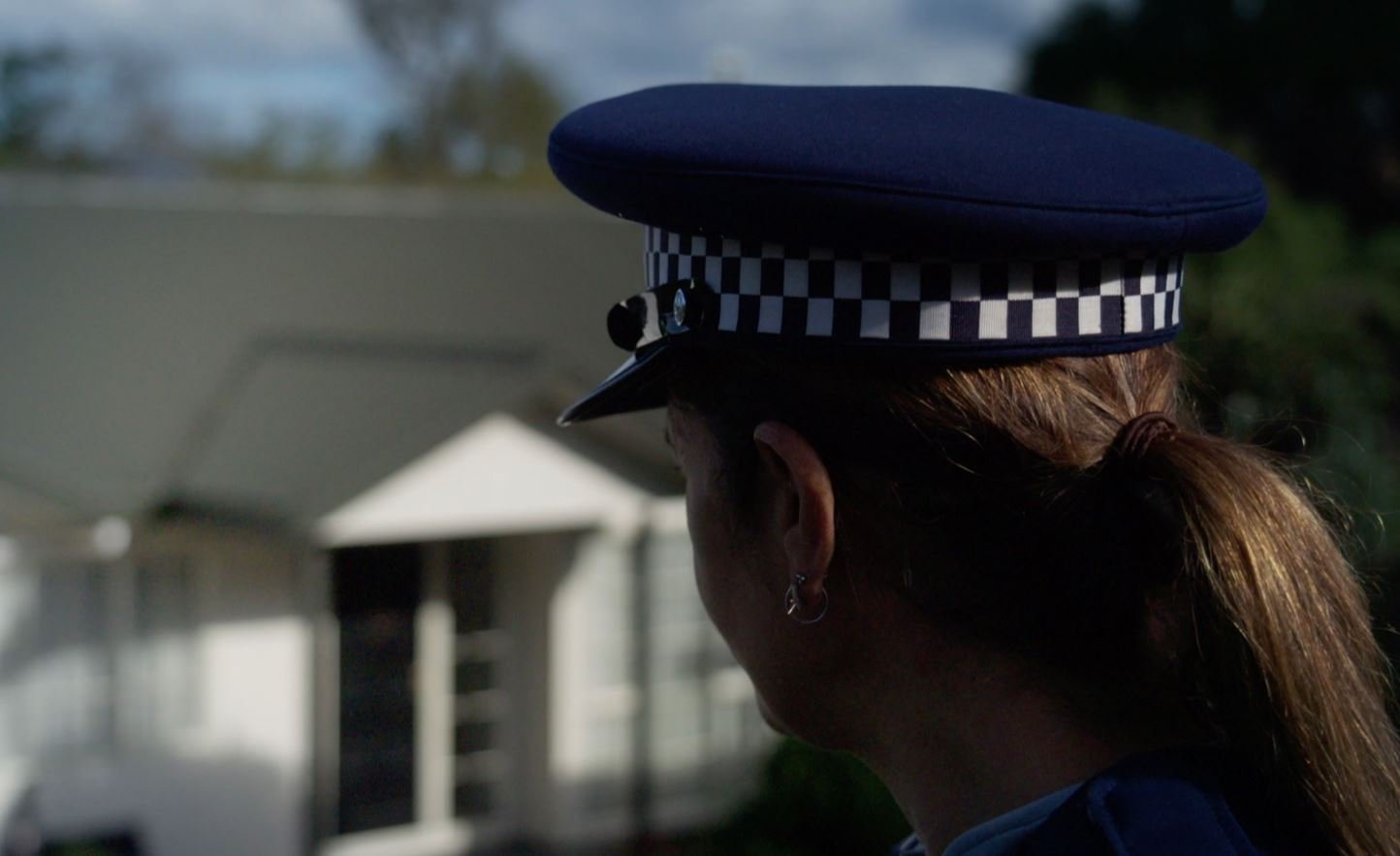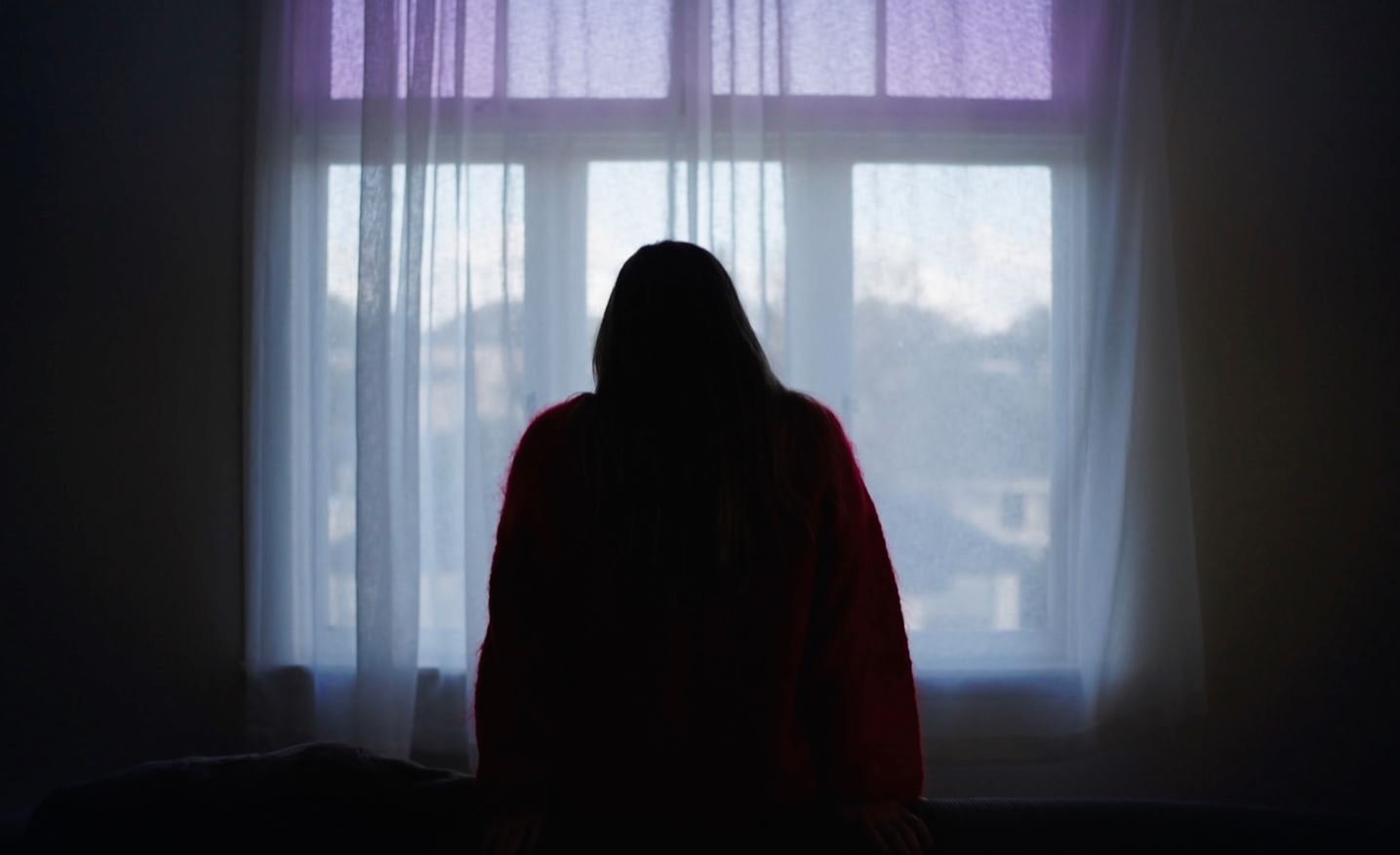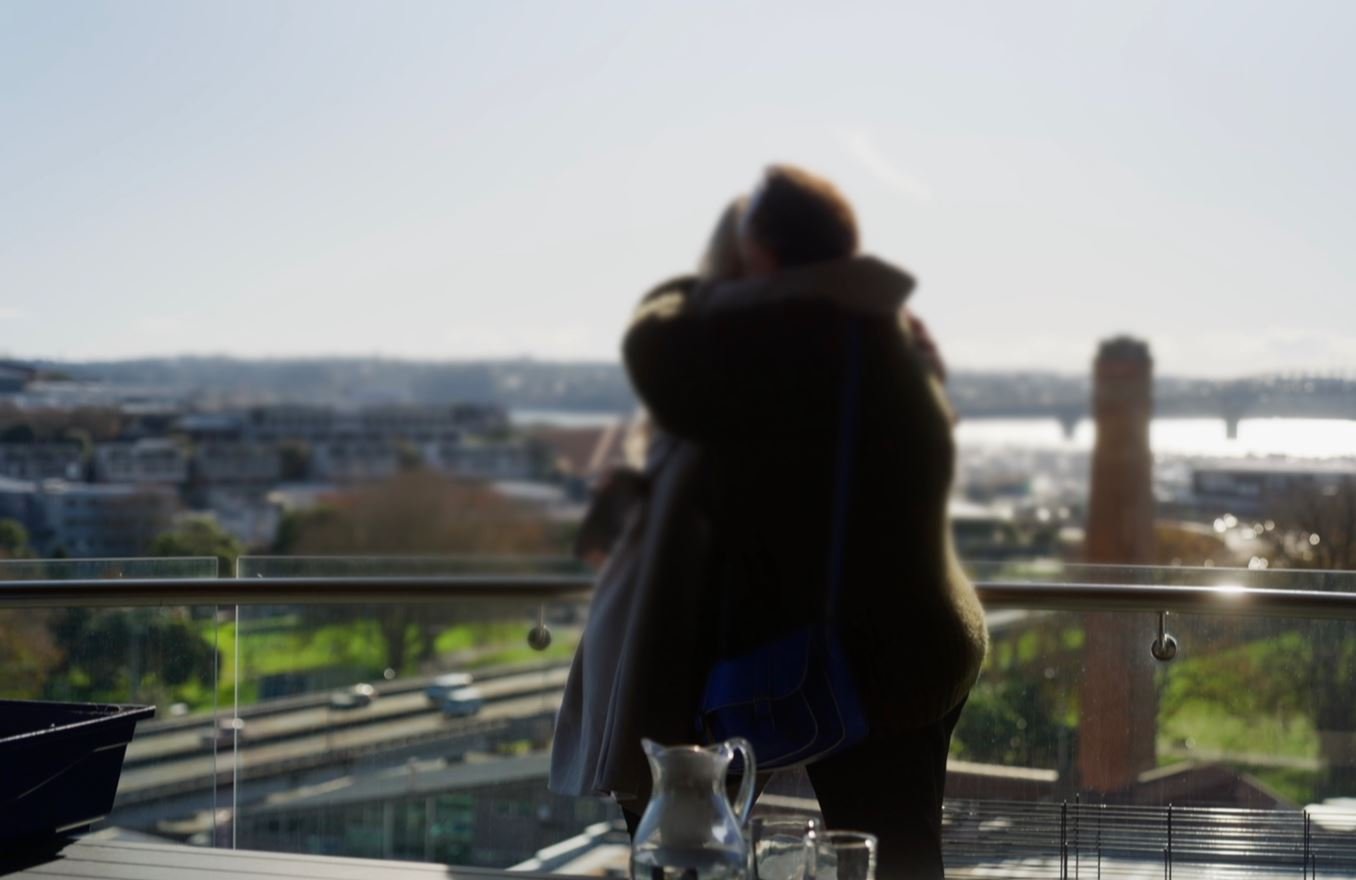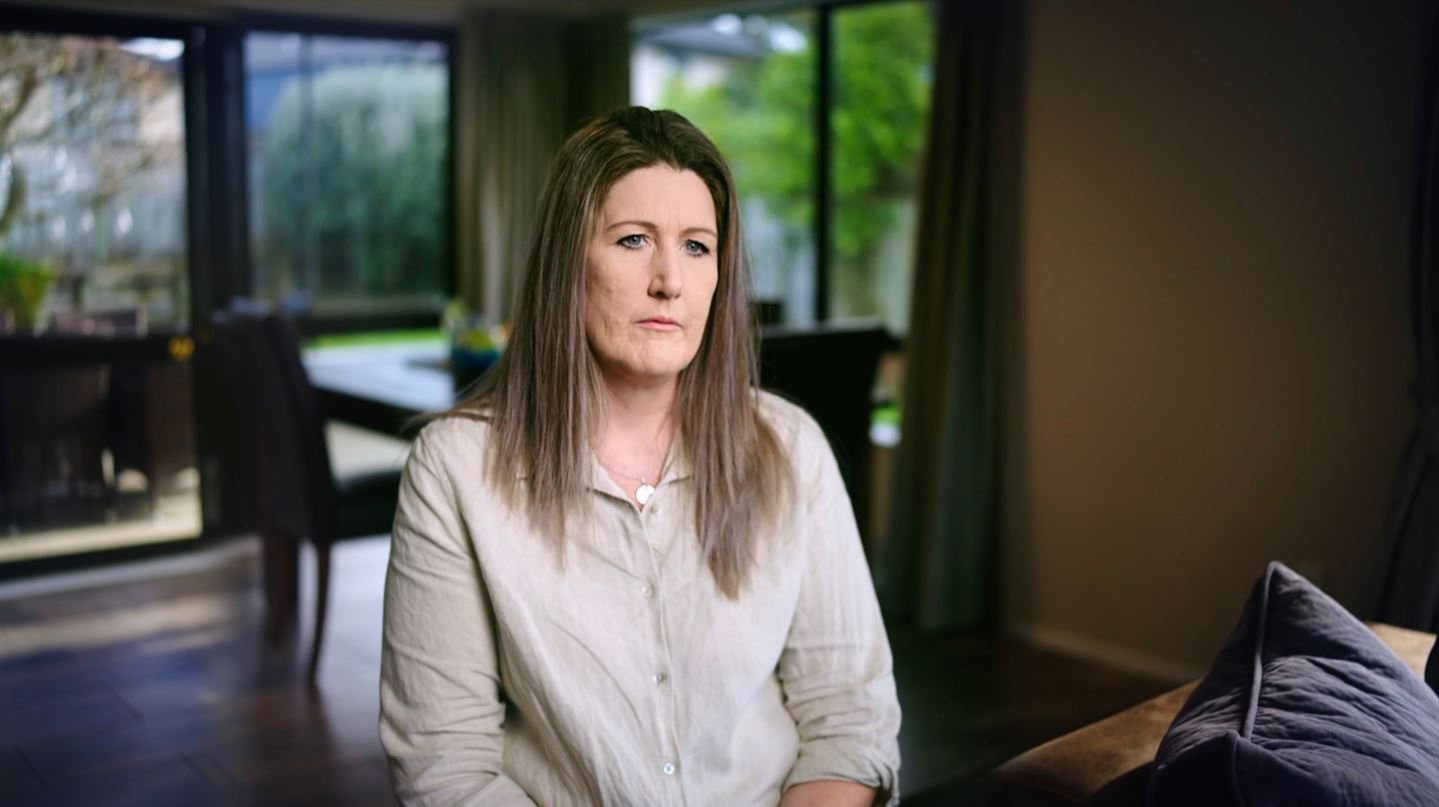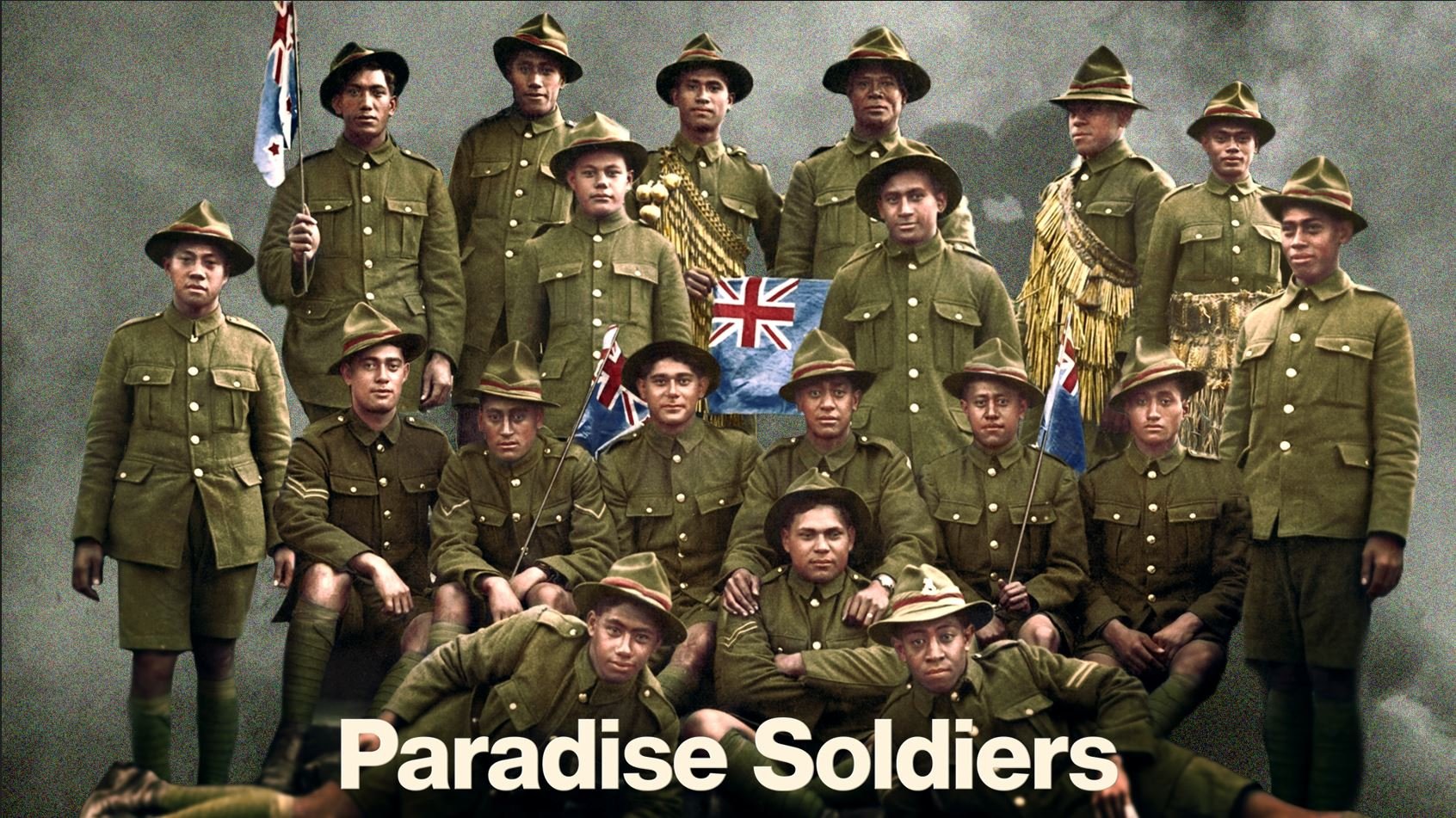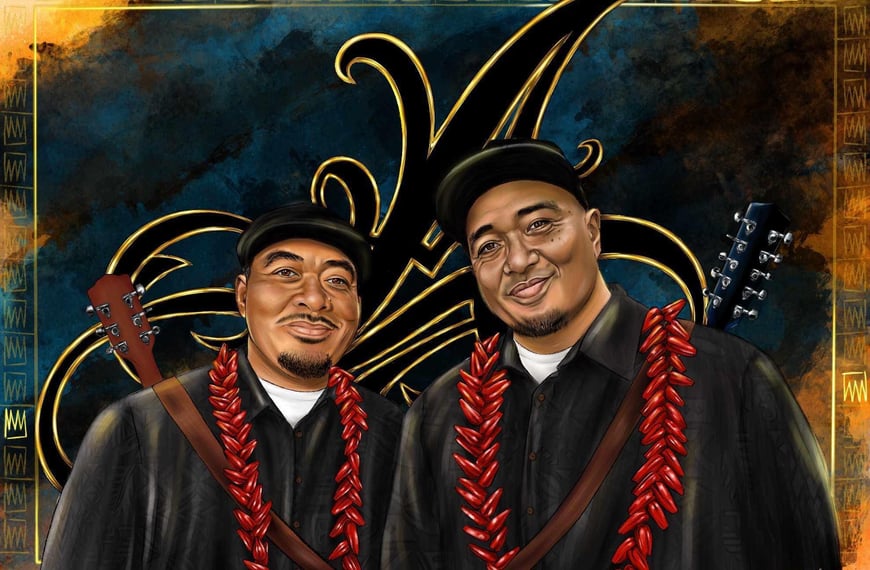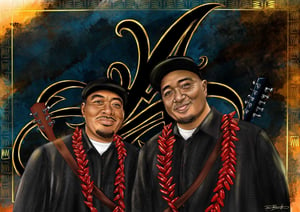Public Interest Journalism funded through NZ On Air
From the moment Kween Kong strutted onto the screen for Season 2 of Rupaul’s Drag Race: Down Under, you knew she was going to be one to watch.
Audible gasps and eyes widened in admiration (and perhaps slight panic), her arrival heralded a flurry of commentary from the other drag queens.
“Everyone knows who Kween Kong is – she is a legend in the drag scene,” Aubrey Haive tells the camera.
Minnie Cooper was also in two minds, “I am a massive fan – and nobody wants to f***in lip sync next to her.”
And while she didn’t walk away with the crown at the season finale, Kween Kong’s journey from South Auckland to Drag Race is certainly one of the most compelling backstories for a queen on the show.
Kween Kong, aka Thomas Fonua’s genesis lies in Māngere. An extremely talented contemporary dancer of Samoan and Tongan descent, his connection to performance began like many others, at church.
“When we’d do our items, I used to love getting up on stage and performing, I love being seen,” Fonua remembers.
“That was my closest connections to art and which is why as an artist, you know, my process of creating art and my artist’s perspective, it is storytelling.”
At 16 he was the youngest person to be offered a place in Neil Ieremia’s prestigious dance company Black Grace. At age 22, Fonua travelled around the world, and became a dance teacher for an indigenous dance program in Canada. He finally settled in Australia where he was scouted by the Australian Dance Theatre.
“I think the beautiful thing about Neil and that company is they taught me how to work,” Fonua says.They also taught me my value as a Pacific artist so that when I go into the world, I know what I’m worth and I’m not gonna water myself down.”
But the focus of Fonua’s prestigious career shifted to the drag scene. In 2016, he brought Kween Kong to life, dominating Australia’s drag arena with physical feats of epic proportions – the acrobatic Beyonce of drag if you will.
Kween also established the drag collective Haus of Kong, supporting at-risk rainbow youth and creating family and work opportunities for her “drag babies.”
Her Pacific values and culture shine through in both her art and her activism, and Kween Kong is one of the few Pasifika drag queens to make a name for herself in a predominantly palangi space.
“The difference between Pasifika representation in New Zealand and the Pasifika community in Australia is abysmal – especially in mainstream spaces,” Kween says bluntly.
More often than not, you are having conversations about artistic practice, or you’re working with a Western contemporary art form that doesn’t necessarily know how to hold space for working with someone that is of colour.”
And similar conversations were also being held on the set of Drag Race. Kween Kong felt that if conversations surrounding race, tokenism and allyship were going to be discussed on the show, it was important to bring in advisors of colour who could navigate those conversations in a balanced way.
Kween says, “I felt like because of the work that I do and my kind of drag – the activism factor, lots of the conversations were needing to be driven by me.”
We’re gonna have to trust these story producers to produce my story when they have no understanding about what I represent.”
Unless you have the lived experience, how are you gonna hold space and speak to not only both sides, but every angle of this conversation cause’ it’s so nuanced.”
She also brought that level of consideration to group challenges, her interactions with fellow competitors and her stunning runway looks.
Kween Kong also provided one of the show’s most iconic moments when she was pitted against Beverly Kills for a memorable lip sync battle that spawned a multitude of memes and recreations.
“Lip syncing for me, I know point blank – period. That’s my thing,” Kween says definitively. (She did after all walk away with that win.)
Kween says, “people have been asking me a lot, they’re like ‘do you hate Beverly?’ And I’m like no! I don’t hate anyone!”
“We battled it out, we hugged it out and then we resolved [things]. She’s my little sister, I love her.”
And after an incredibly endearing, entertaining and educational appearance on the most famous drag show in the world, did Kween Kong ever think she would make the top 2?
“I think there was a period there where I was like maybe I’m not gonna make it. And I made peace with it,” Kween admits.
“I just had to go slap myself. I had to look at my mirror at all of my aunties and my mum, my sister, my niece. I had to remind myself of why I was there, and who I’m representing. So it really put a big flat size 15 foot up my bum to get up and fight it,” she laughs.


